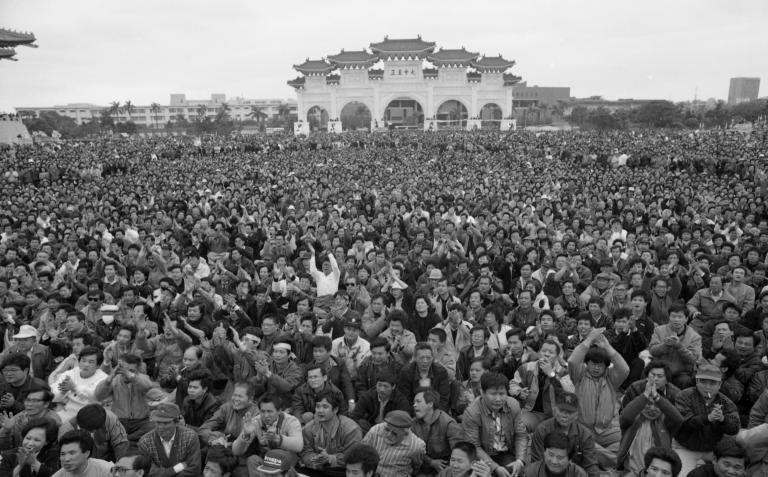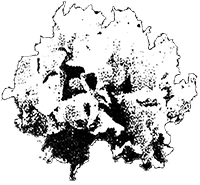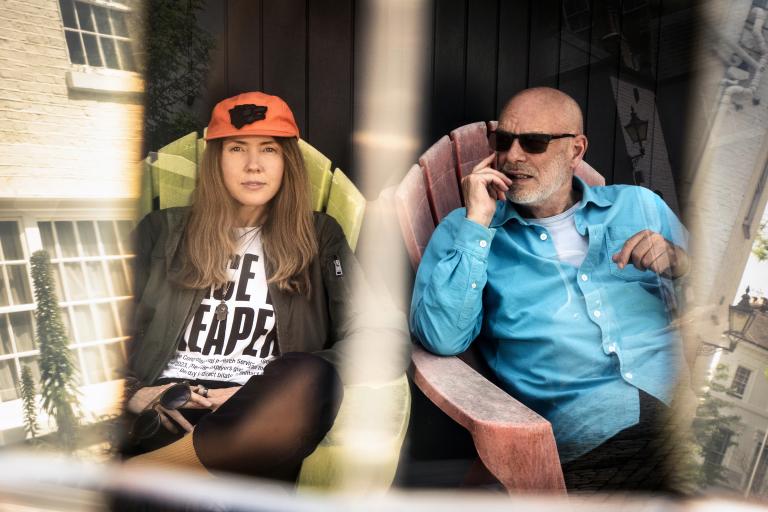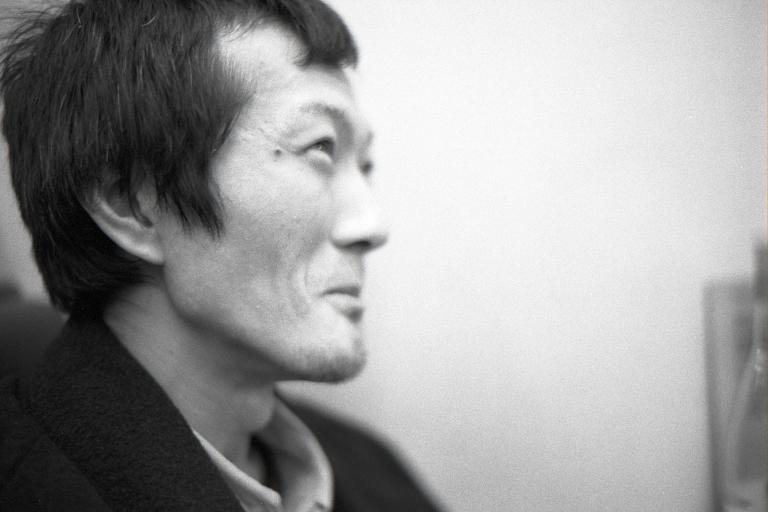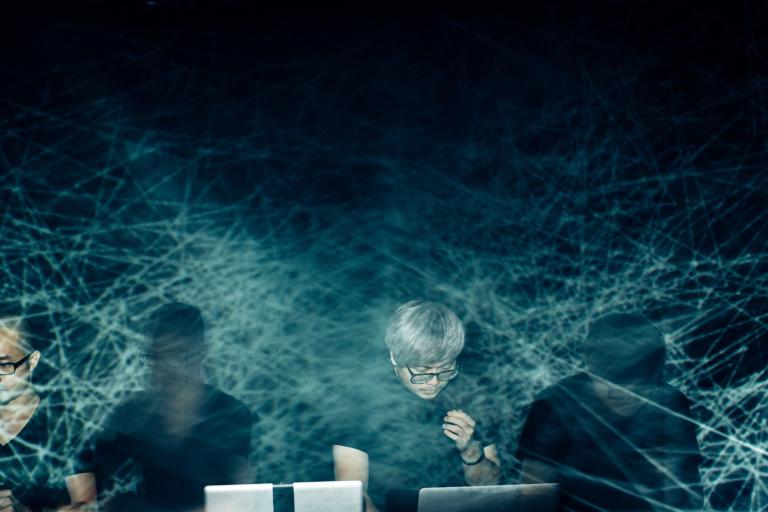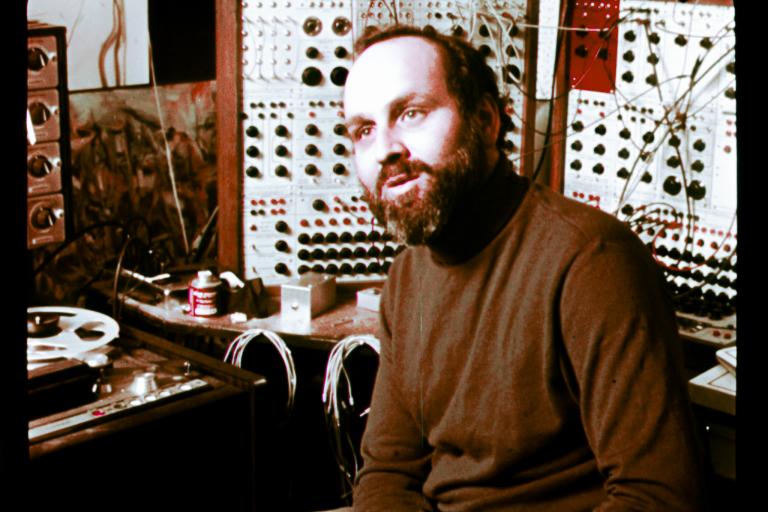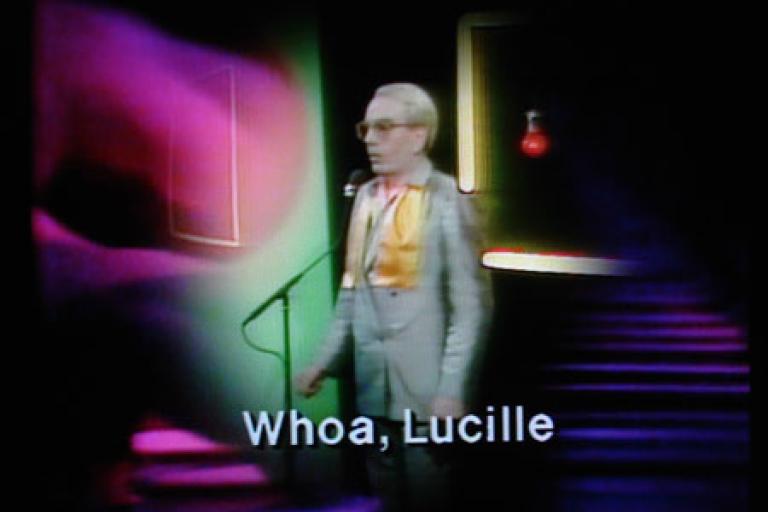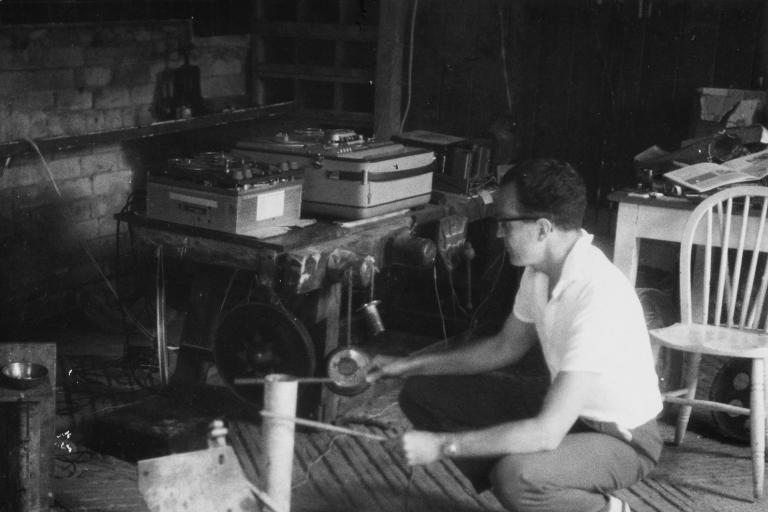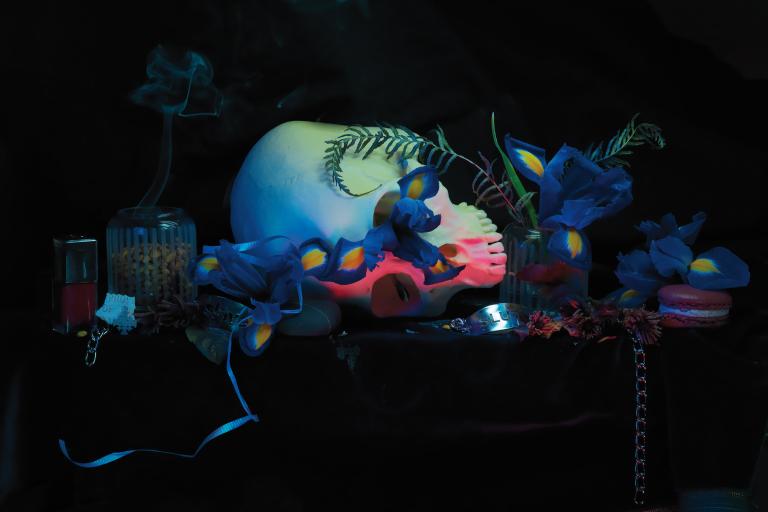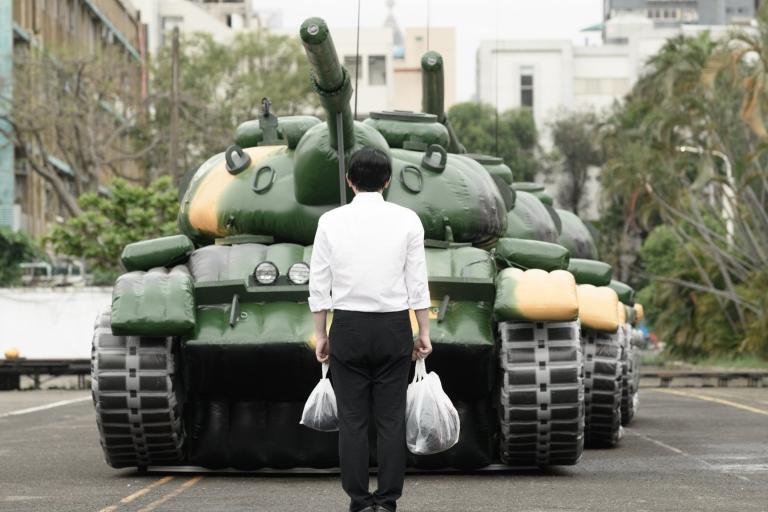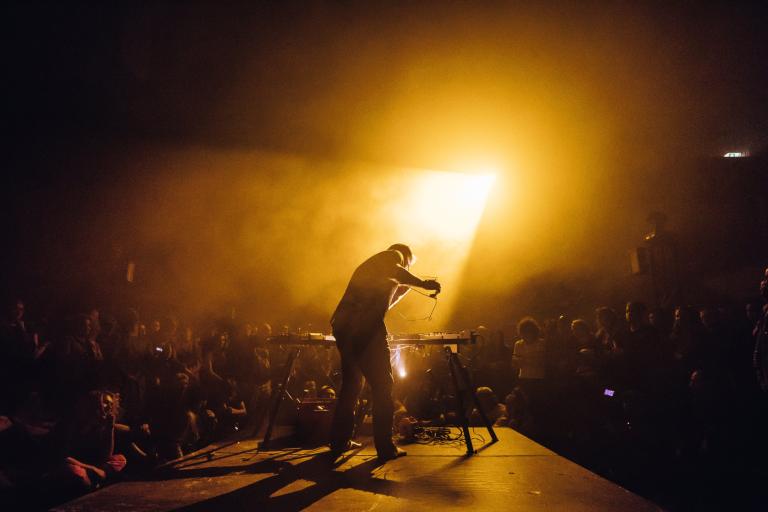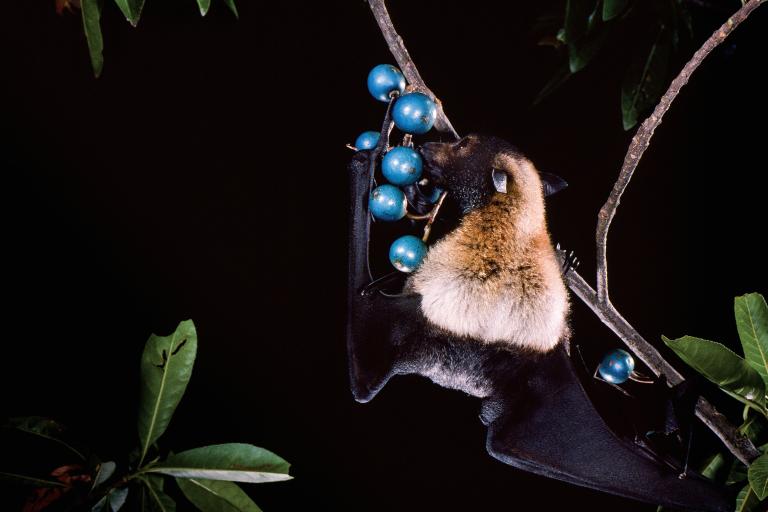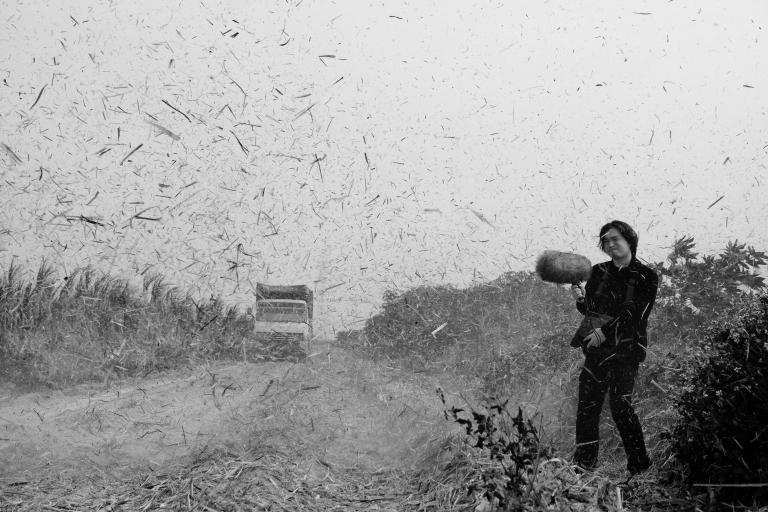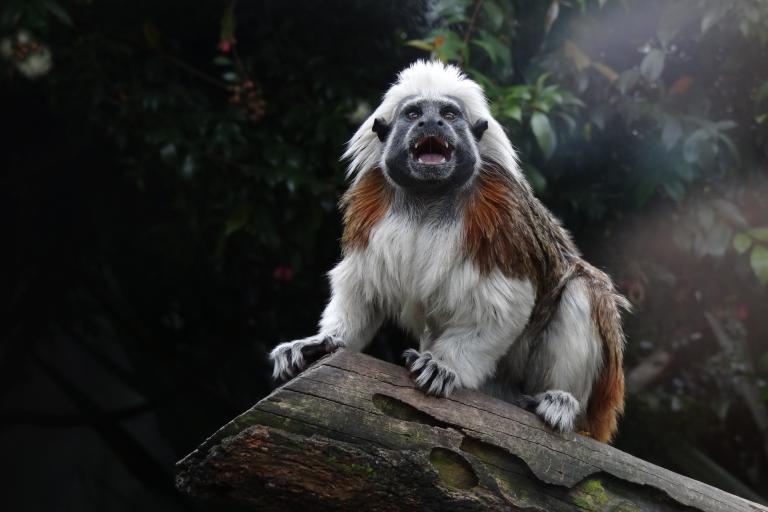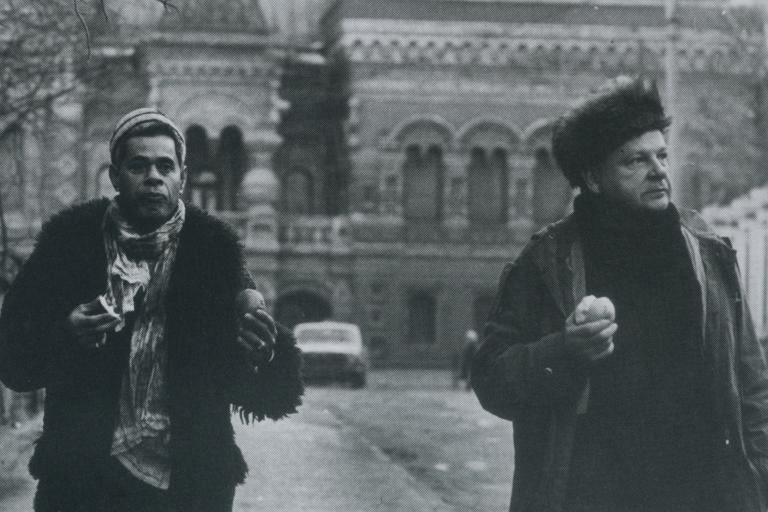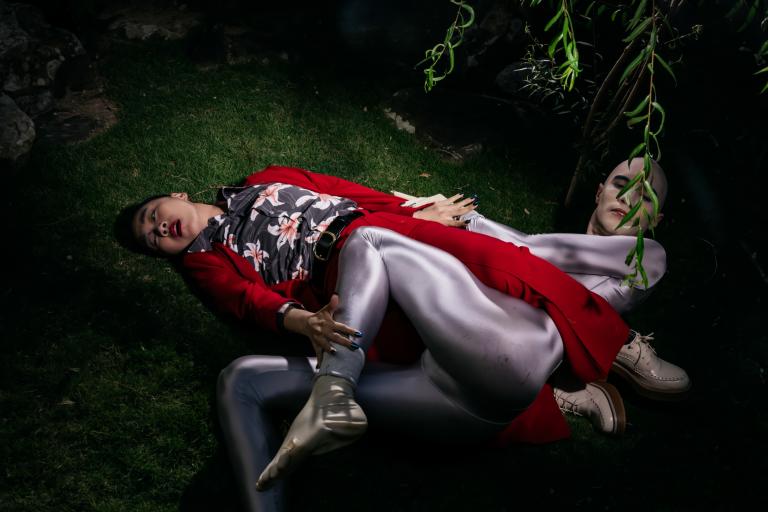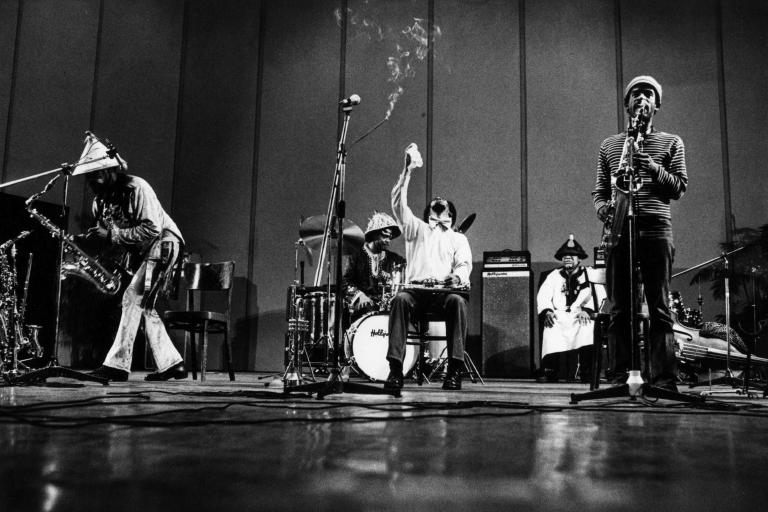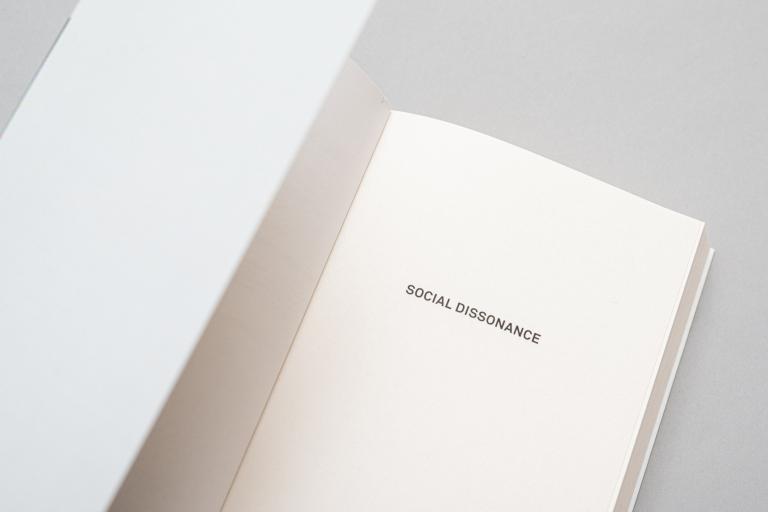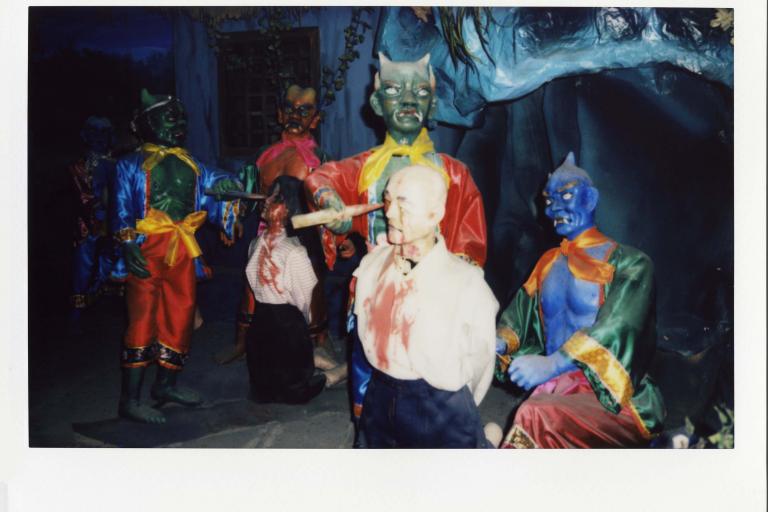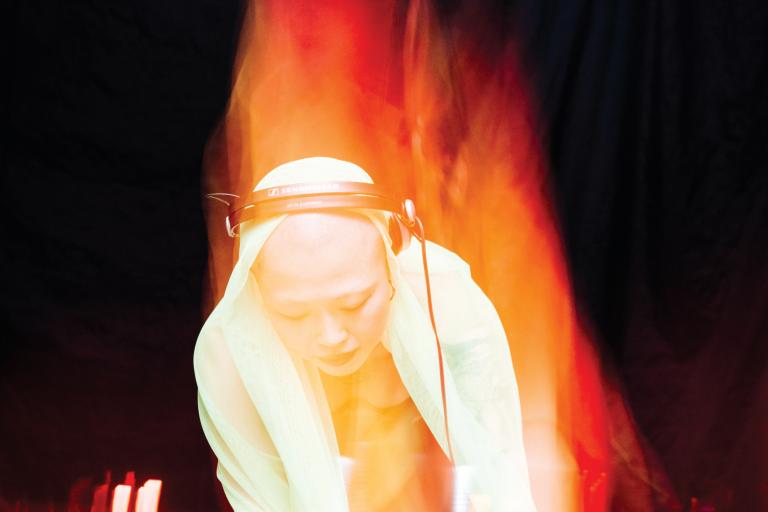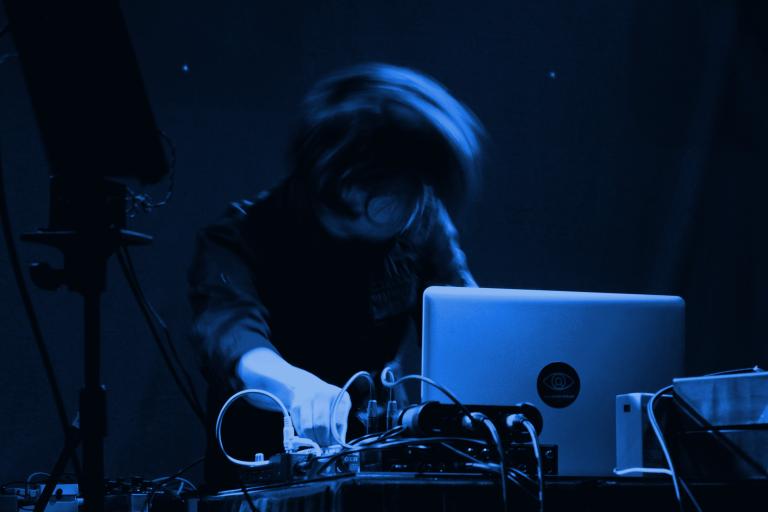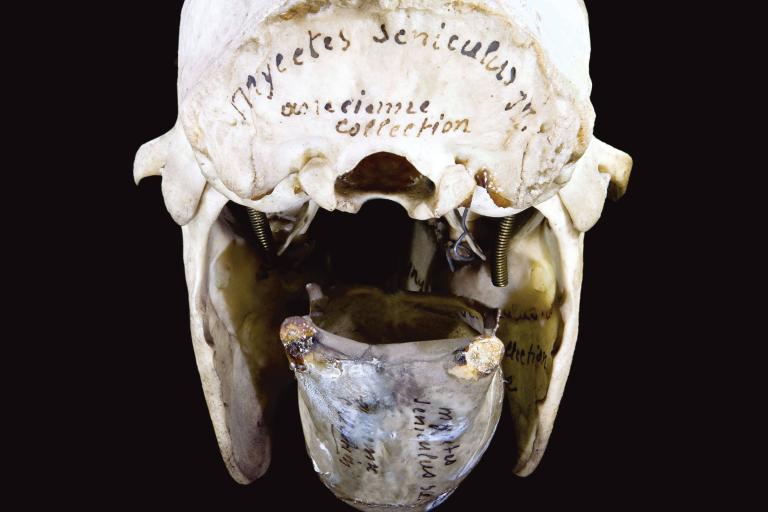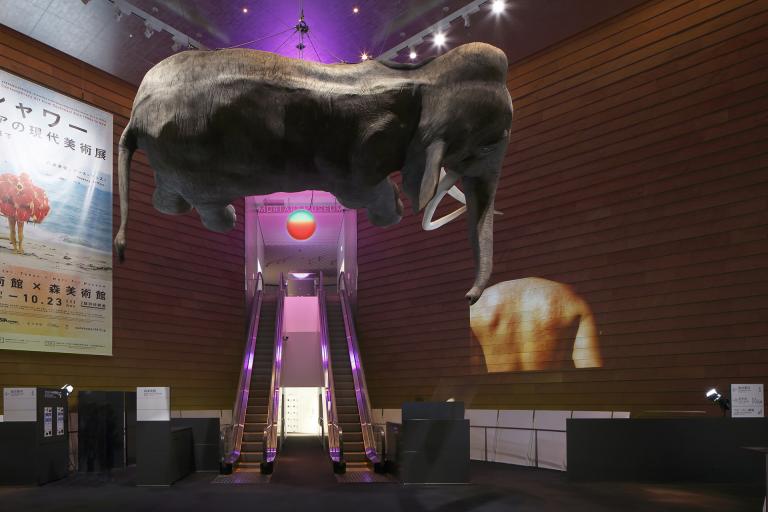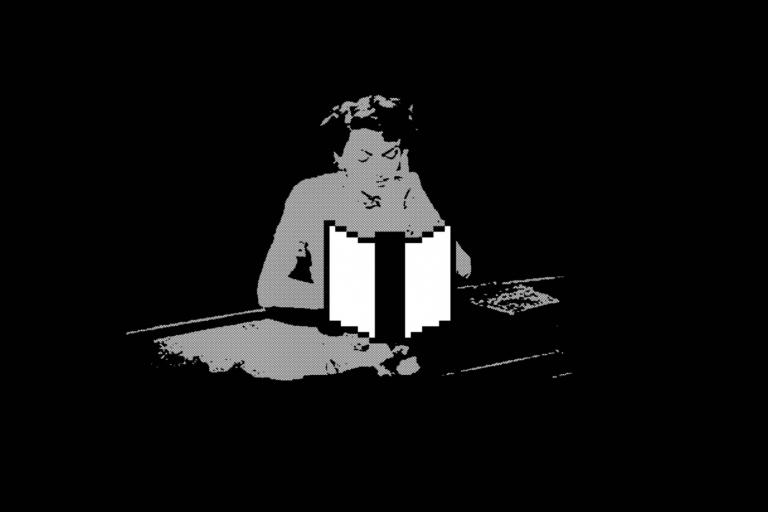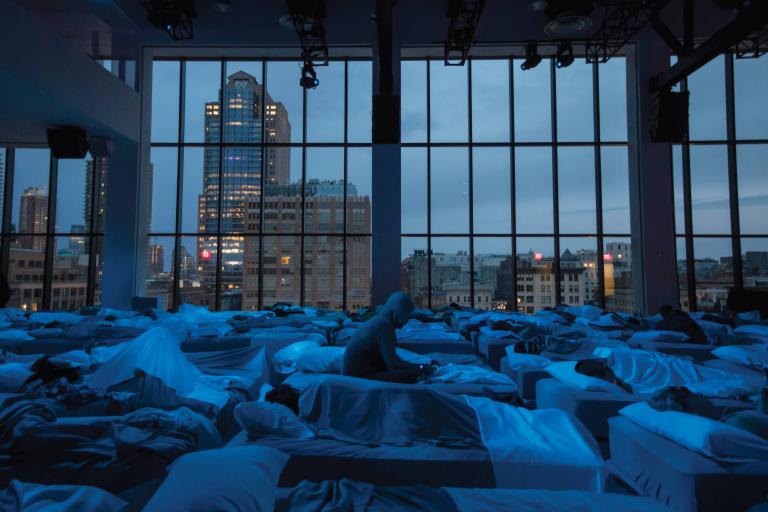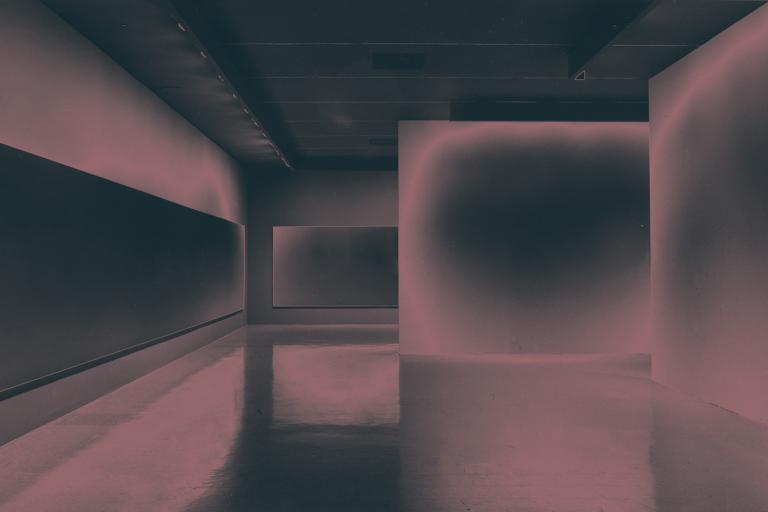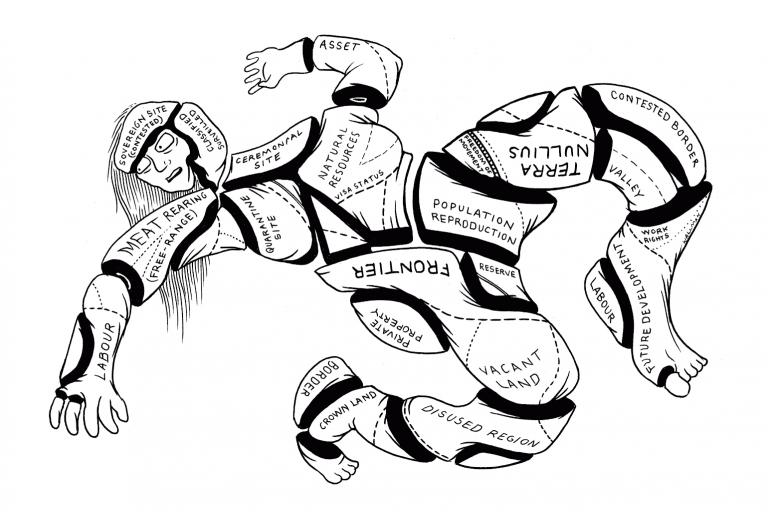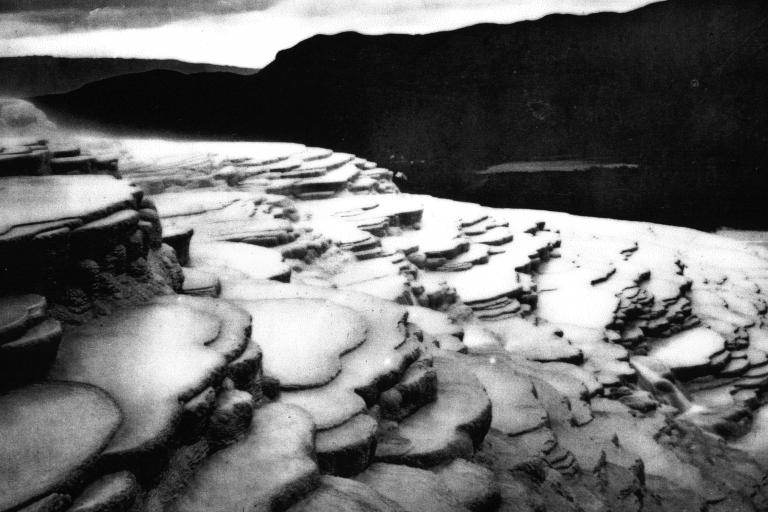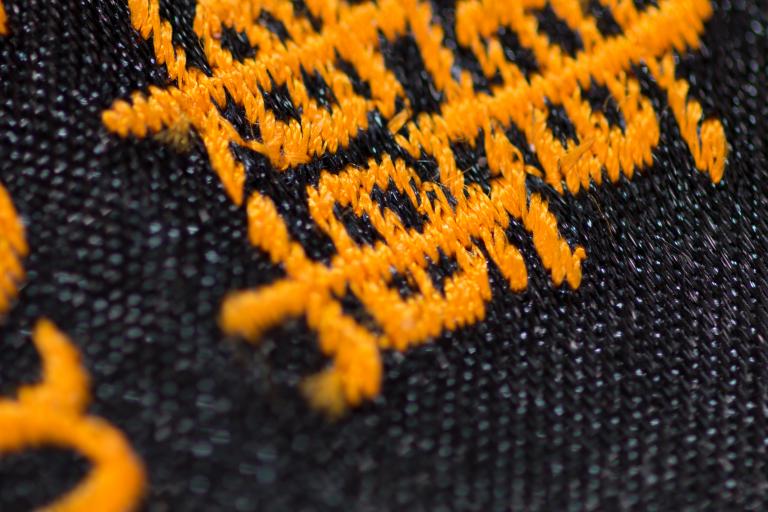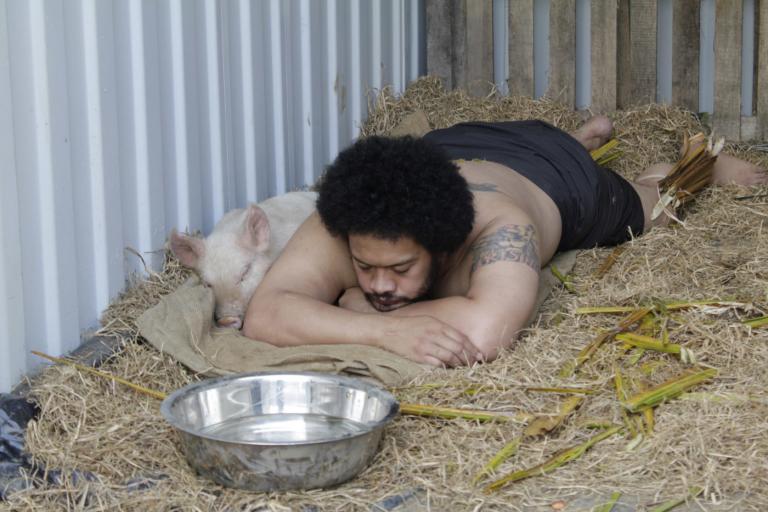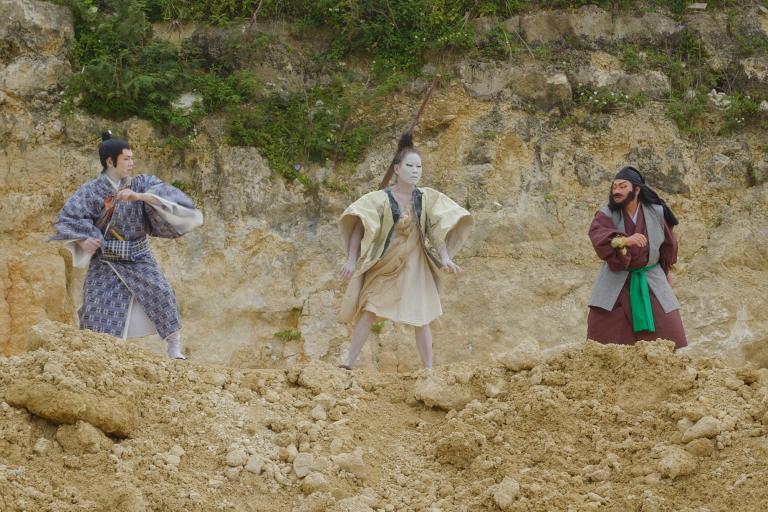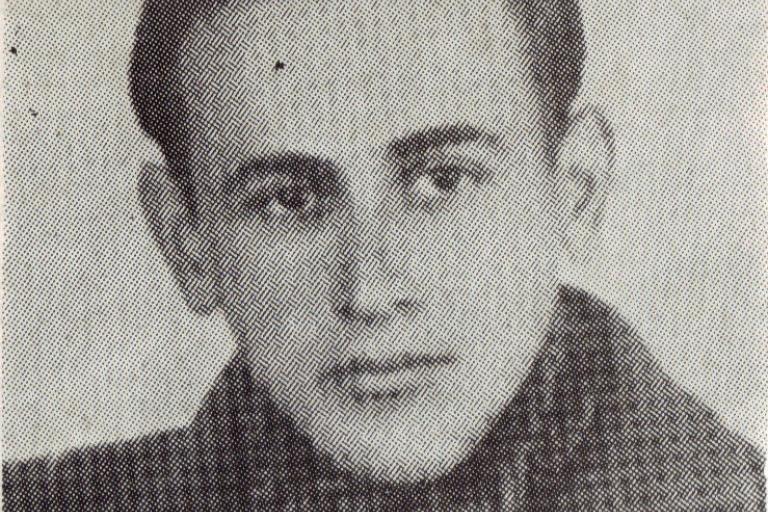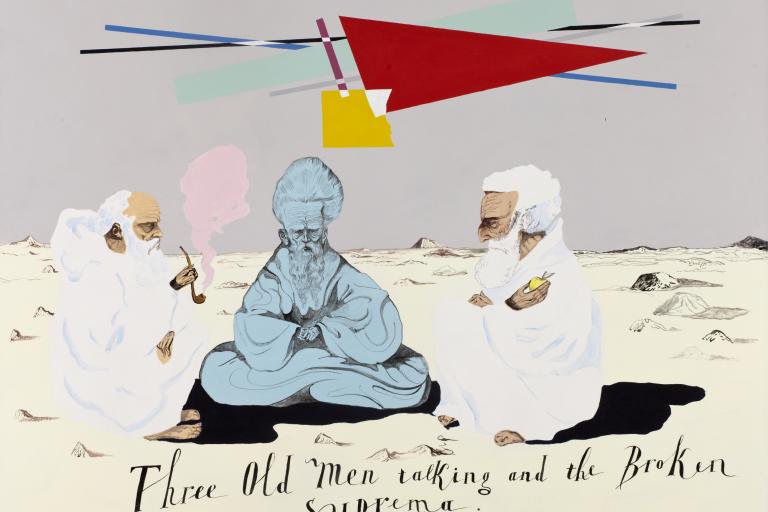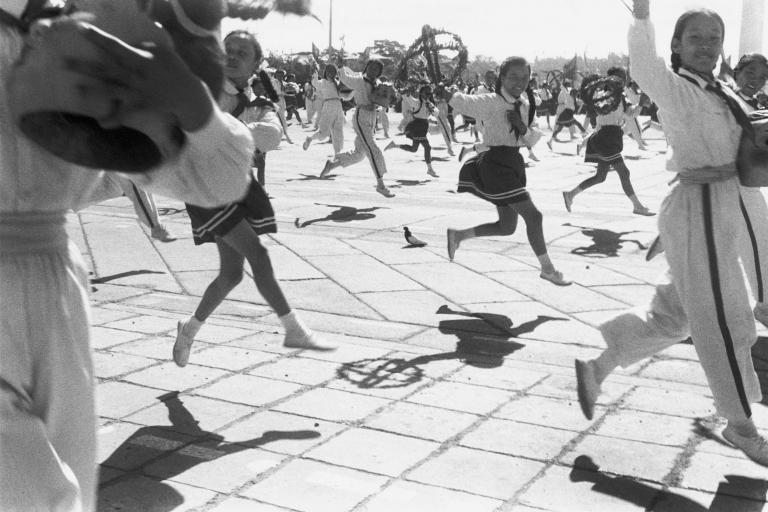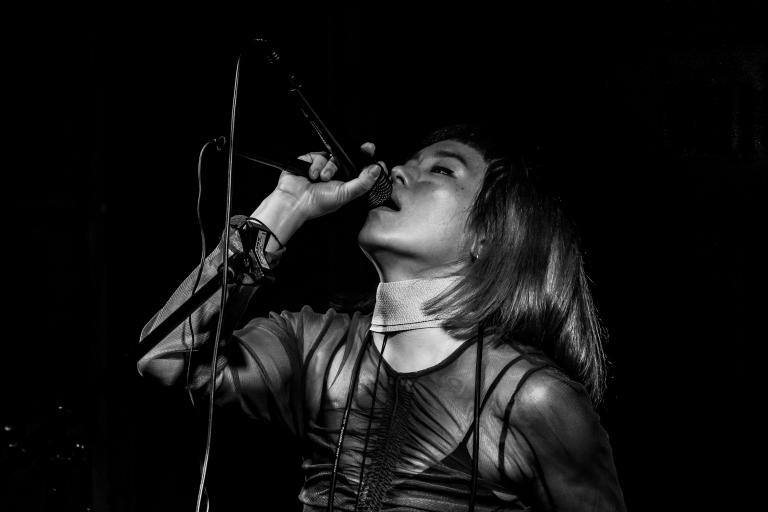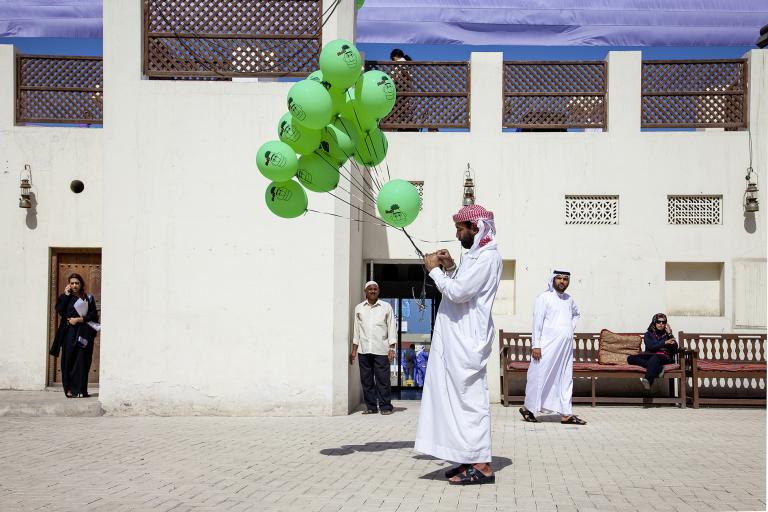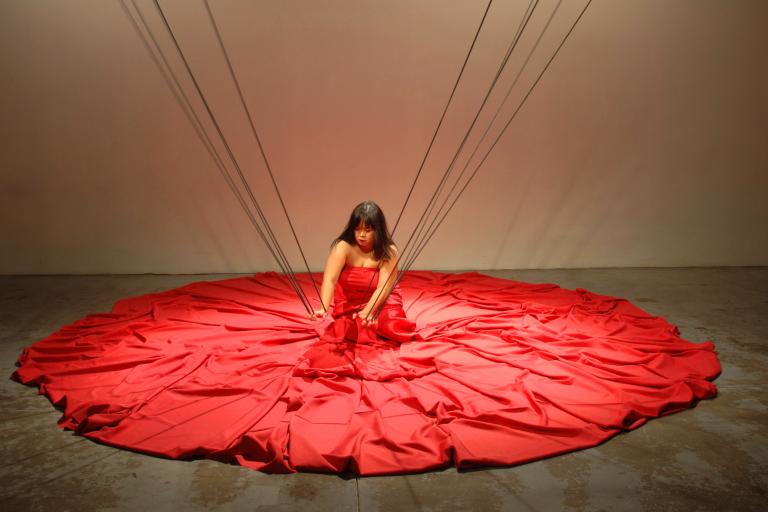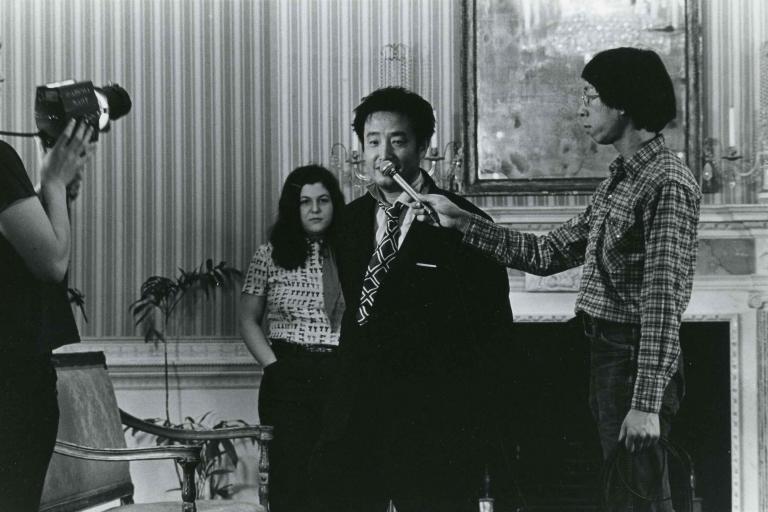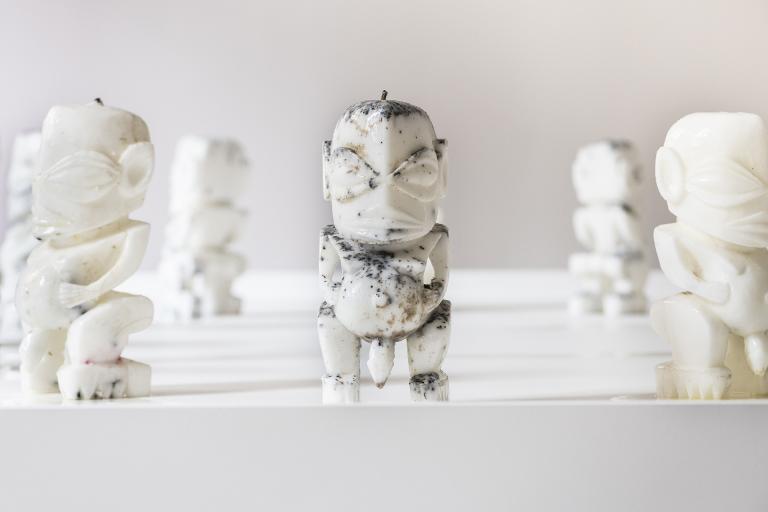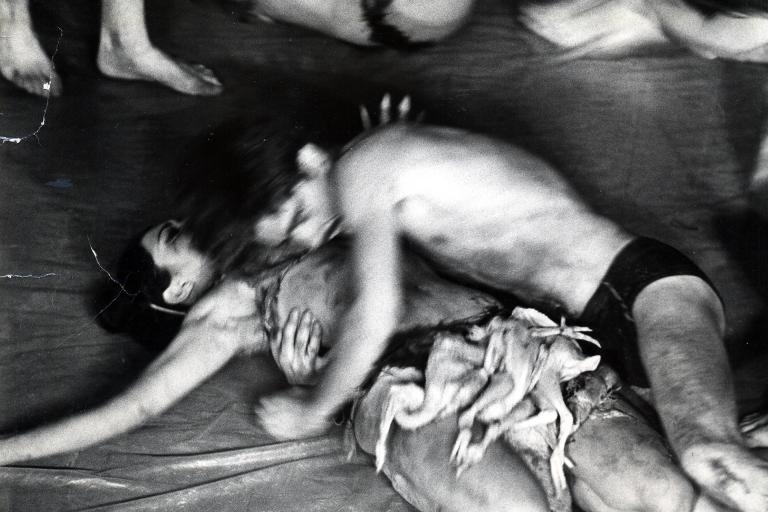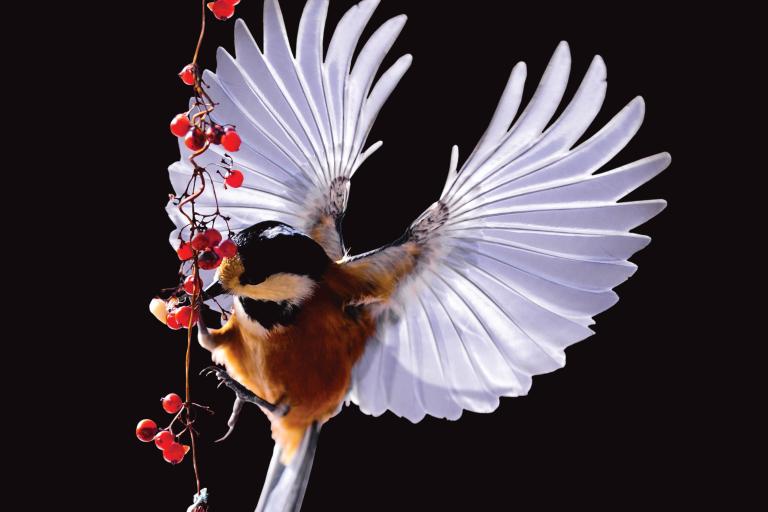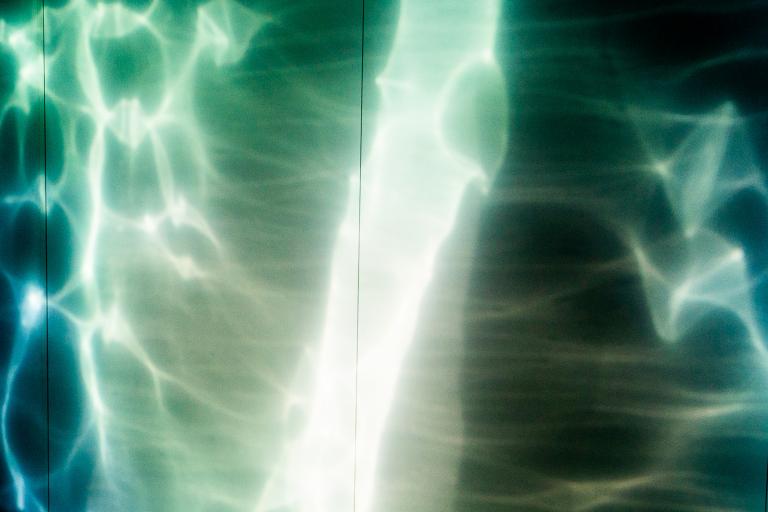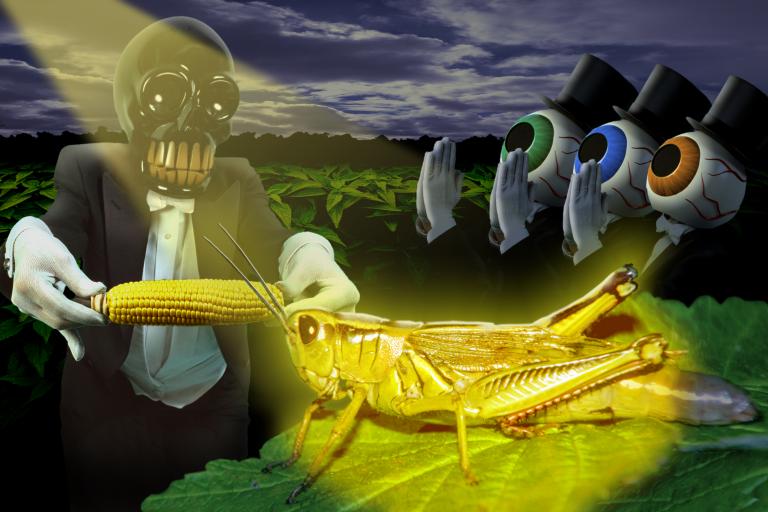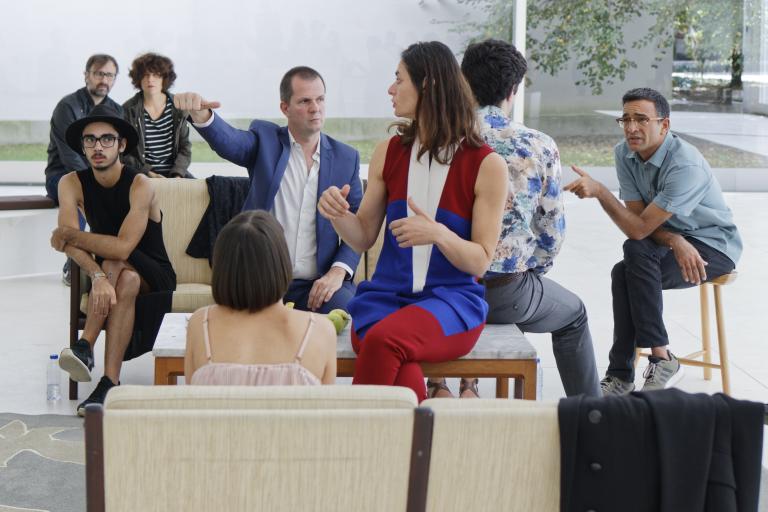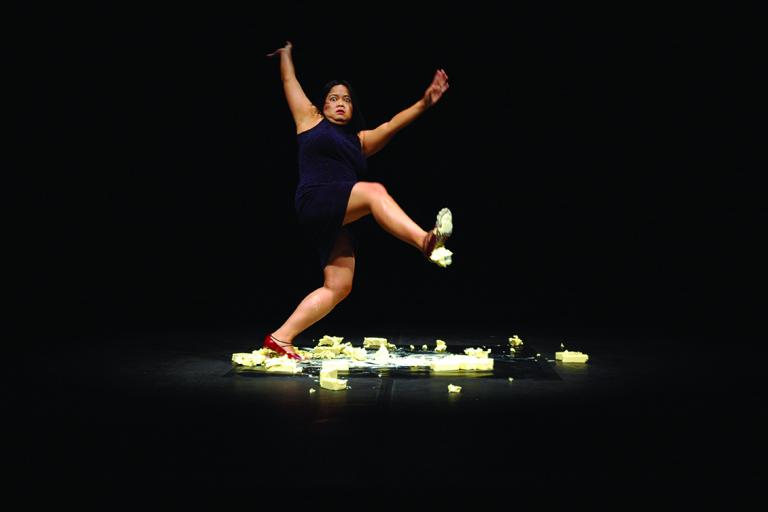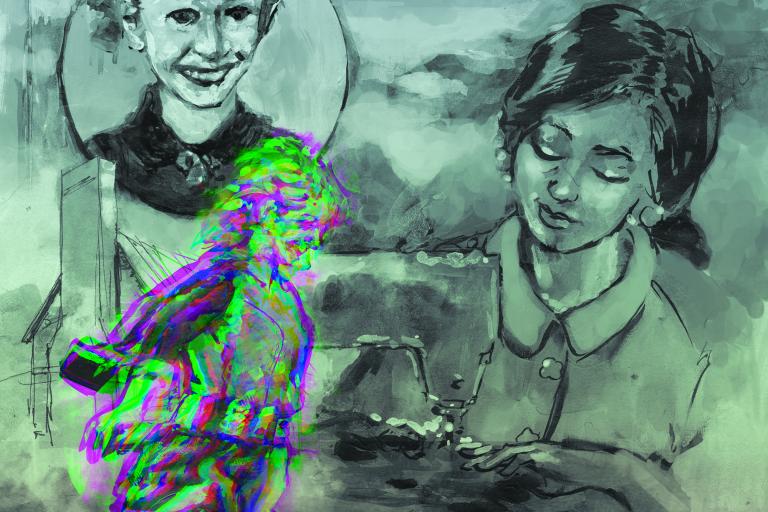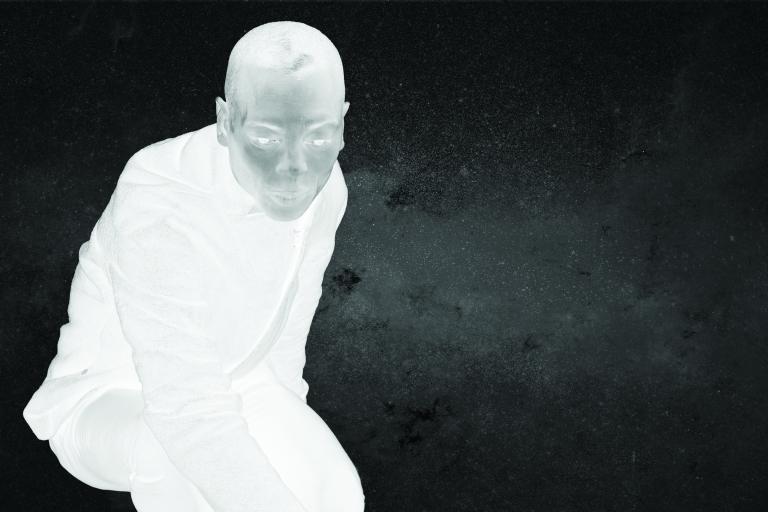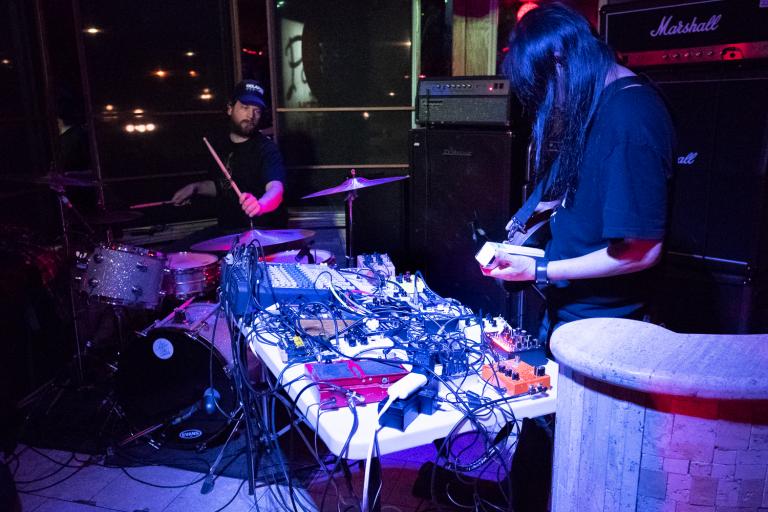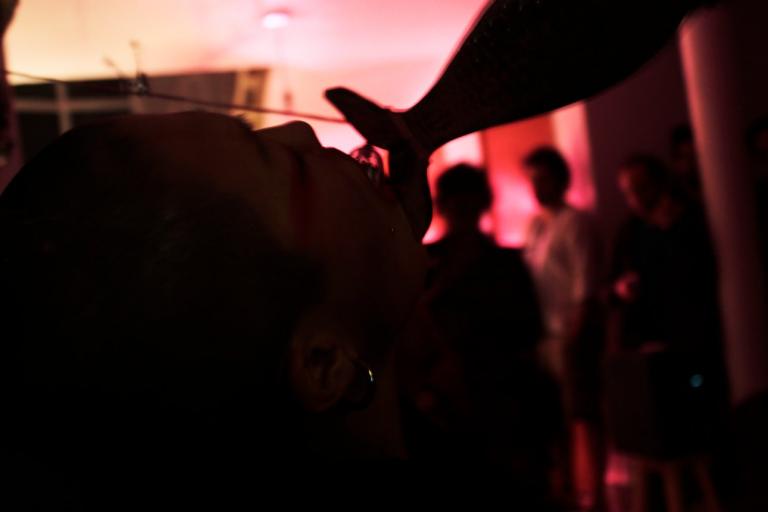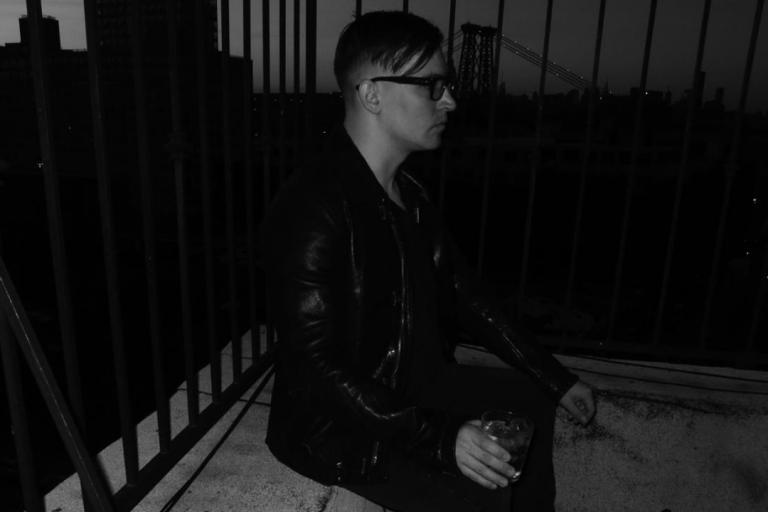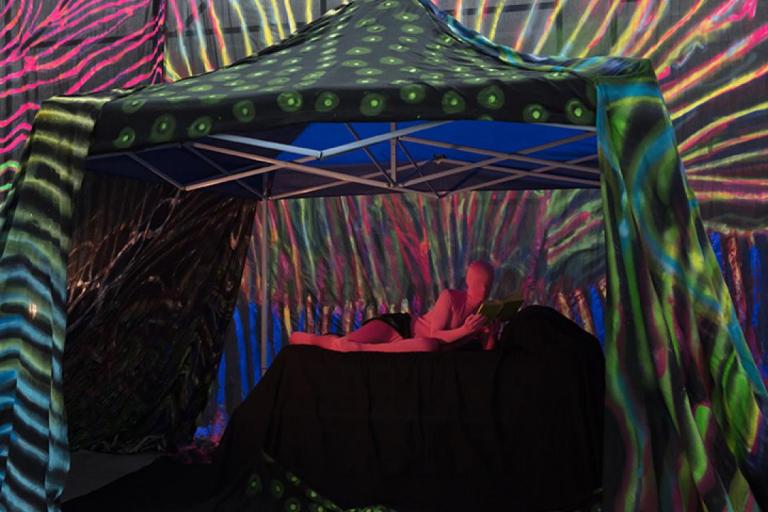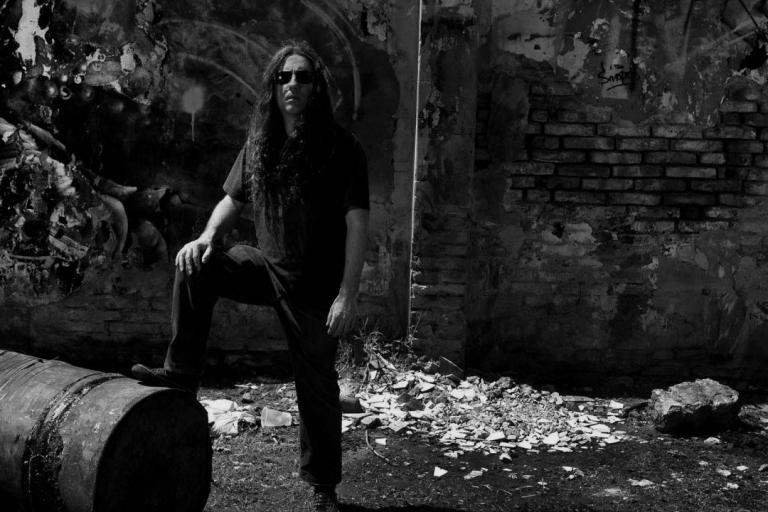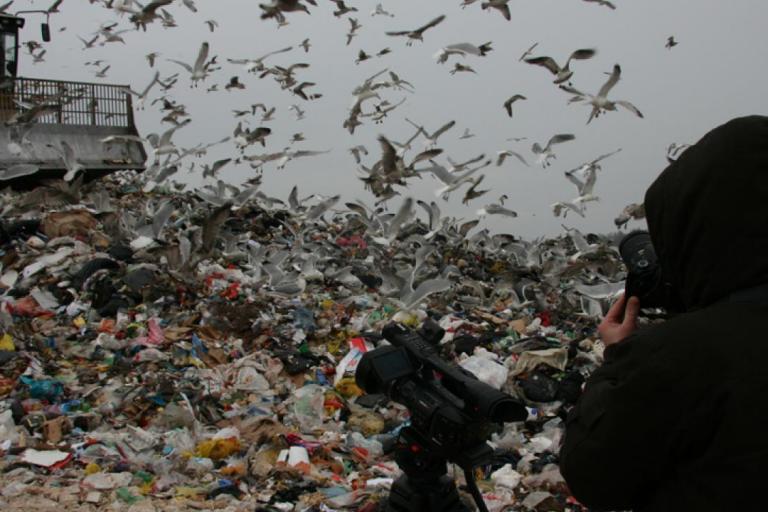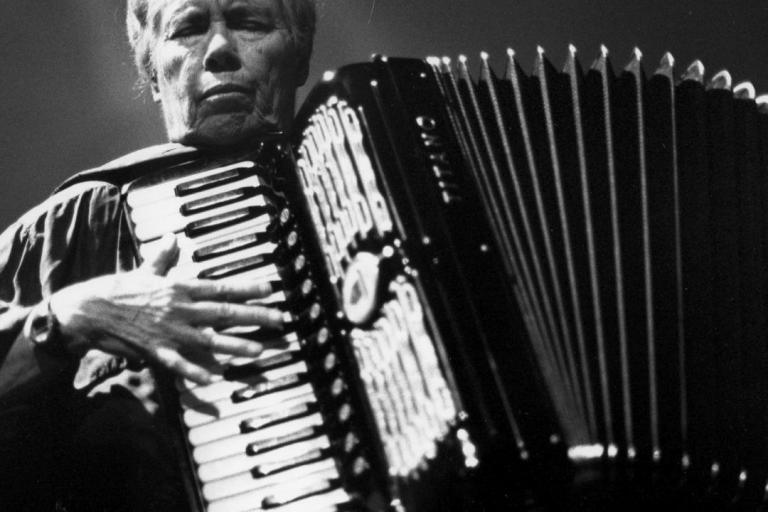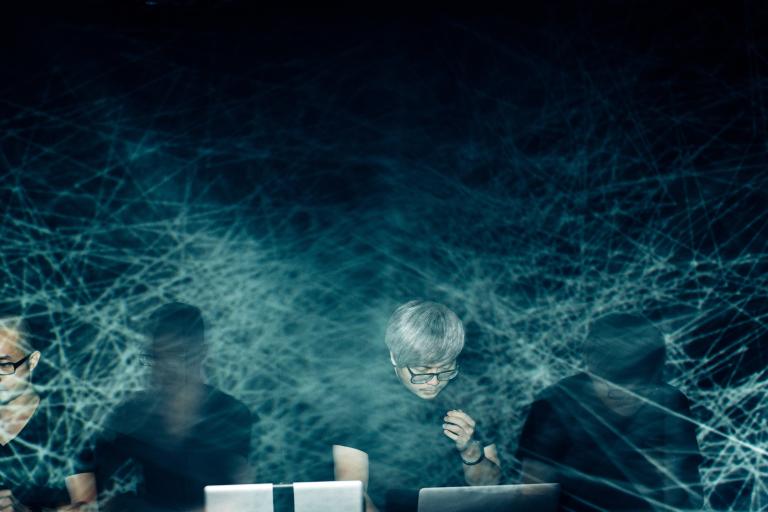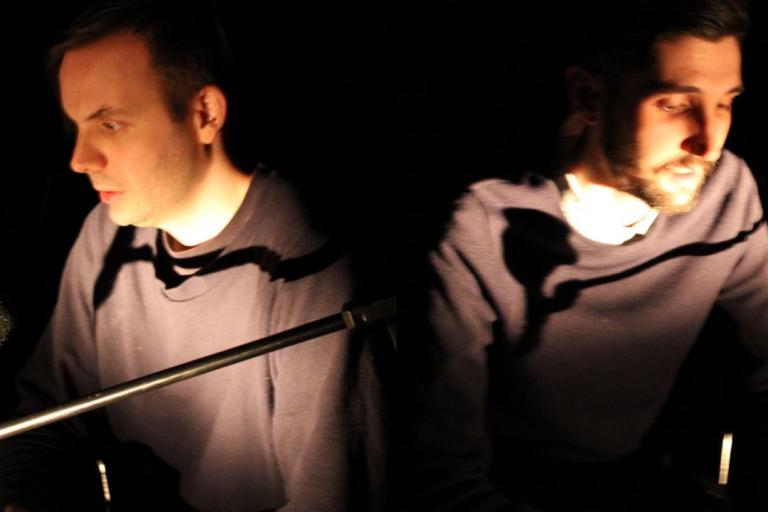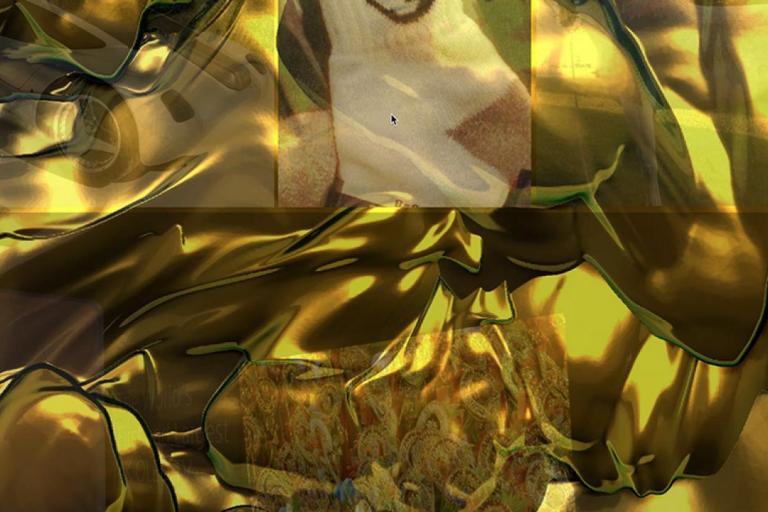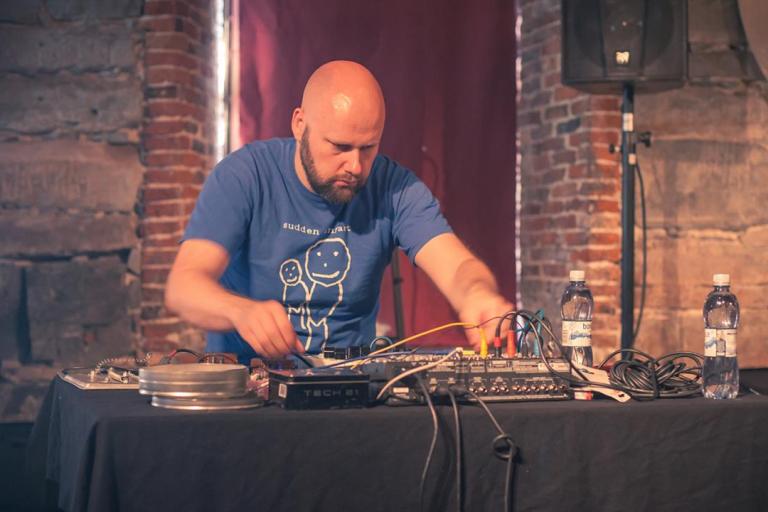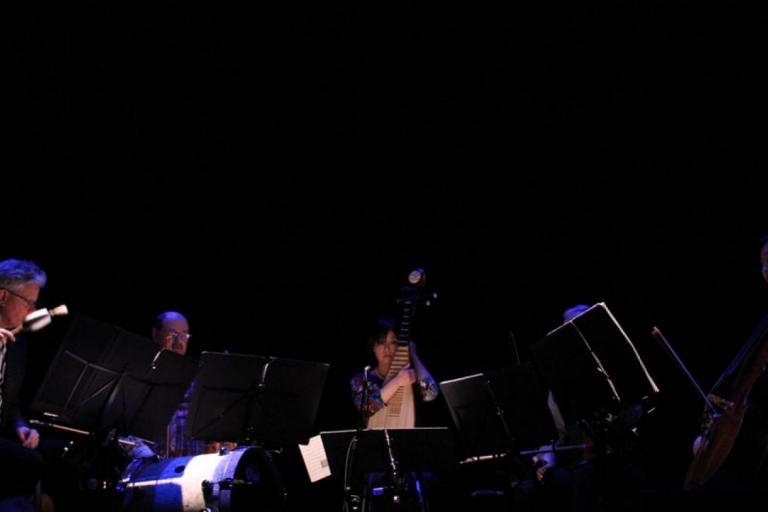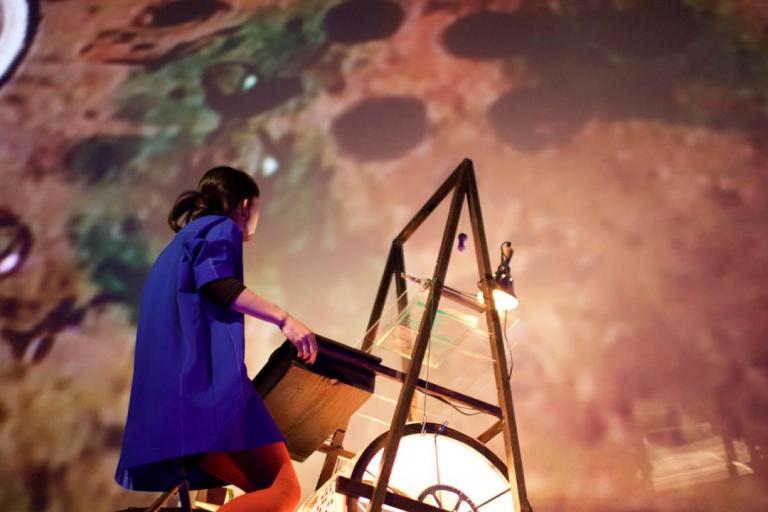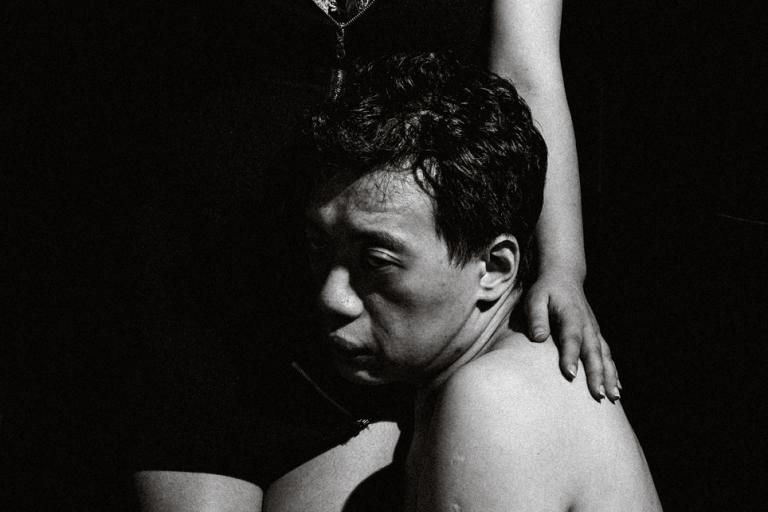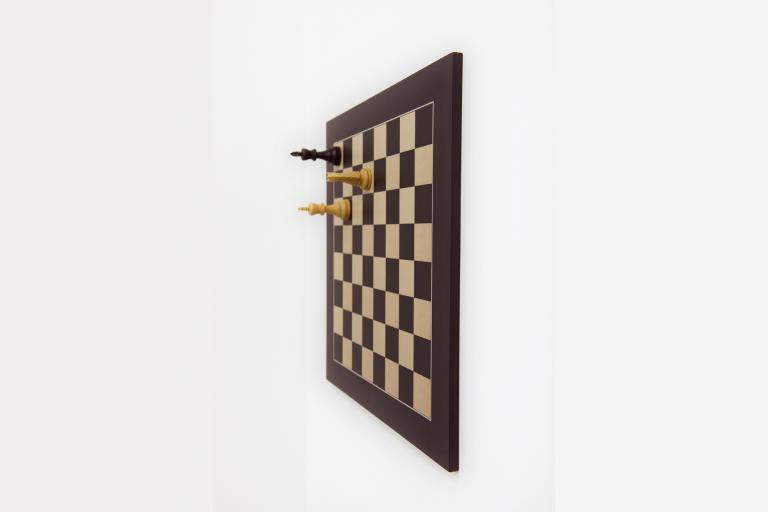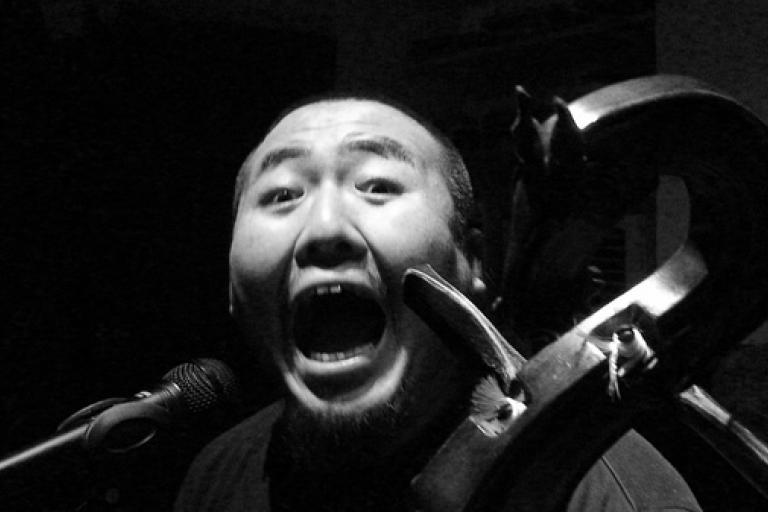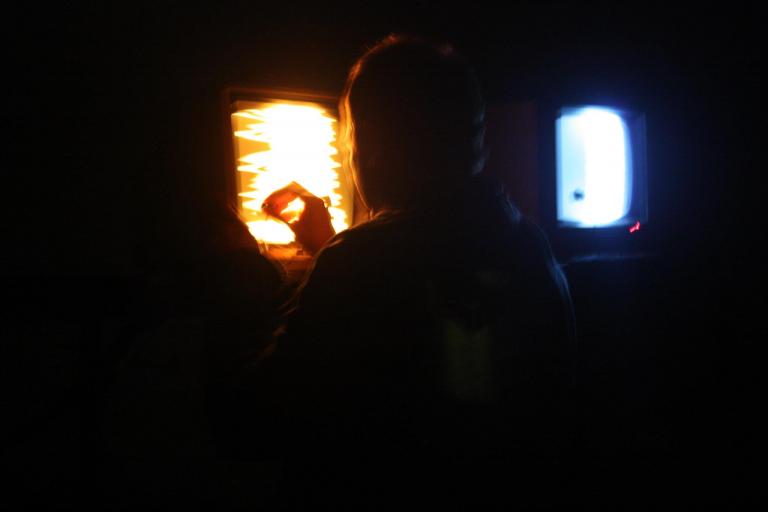The “Wild Lily Movement” (野百合學運) of 1990 was a catalytic event of symbolic importance for the development of noise in Taiwan. This demonstration for direct democracy took place at Chiang Kai-Shek Memorial Hall Square [since re-dedicated as Liberty Square], occurring at a time when the reverberations of the 1989 Tiananmen Square protests (六四天安門事件) were still in the air. From March 16th to the 22nd, thousands of Taiwanese students and professors gathered in the square, in front of the National Concert Hall, where events continued as usual. On one afternoon, a string quartet was preparing to perform in the hall. To boost morale and show support for the protestors, the group came out to play a piece of classical music between speeches. But before the music had ended, a student rushed onto the stage, grabbed the microphone, and shouted that this kind of bourgeois music had no place within the movement. The four musicians took their instruments in a panic and fled.
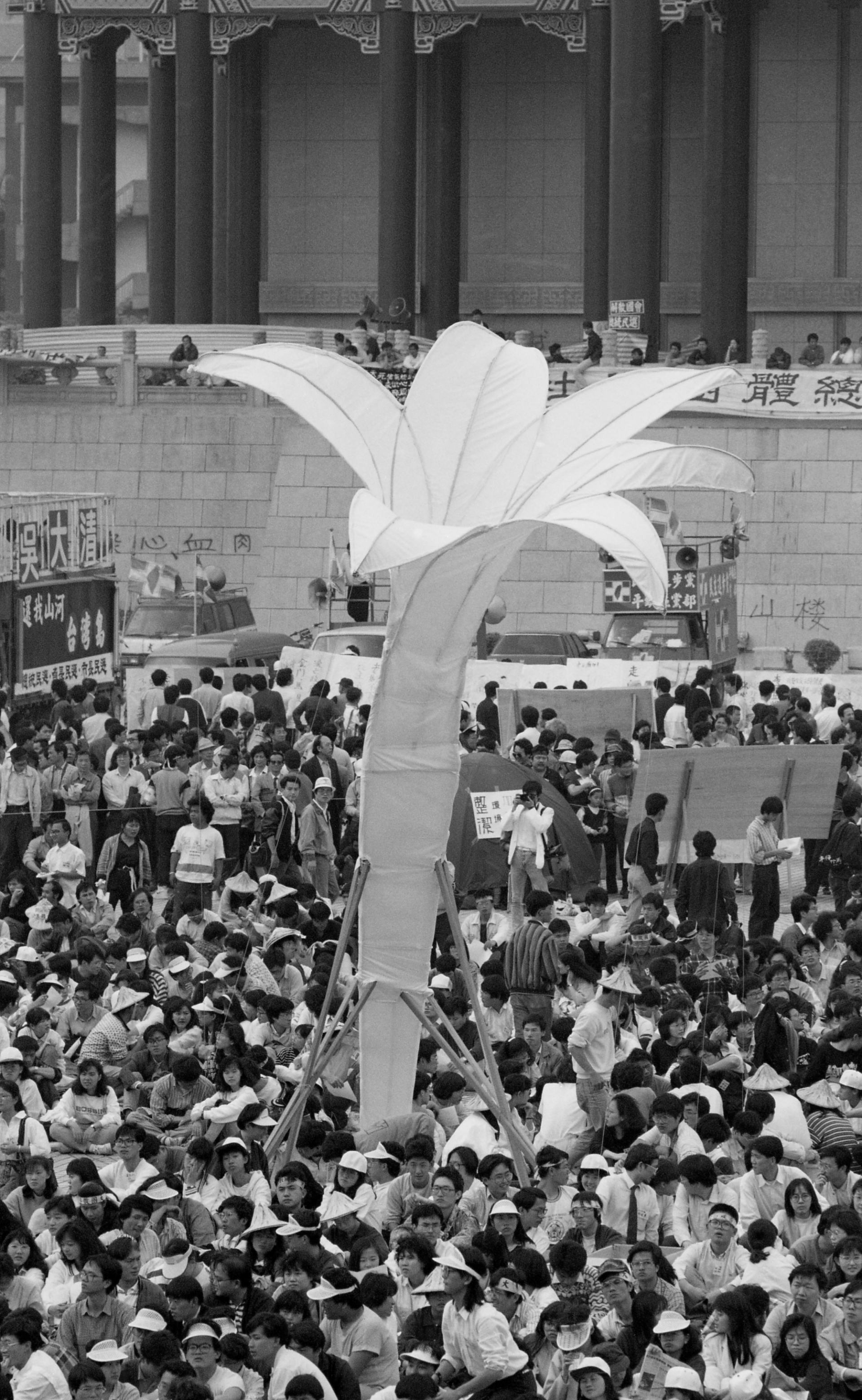
So what was the music of the movement? The protesters sang songs that were banned under martial law; they preferred music that had been forbidden or was not easy to hear. Classical music, with its lofty status, was rejected. If the sounds rejected by mainstream society are ‘noise’, and the sounds accepted, ‘music’, then we can see how, in the course of this movement, the status of noise and music was inverted.
During the Wild Lily Movement, two members of the group Blacklist Studio (黑名單工作室) led the crowd in writing lyrics to a song. They then recorded it at their home studio, in a single day, before returning to the plaza to distribute hundreds of cassettes of the recording to the crowd. Blacklist Studio’s disjunctive music style — incorporating Taiwanese folk, rap, and rock, with vocals in Taiwanese, Mandarin, Japanese, and English — was pointedly different from the kitsch pop music dominant in Taiwan, produced through the star system of the major record labels. Before this movement, the group had played a key role in forming the popular genre known as “New Taiwanese Song”(新台語歌運動), which dealt critically and frankly with Taiwan’s political and social reality.
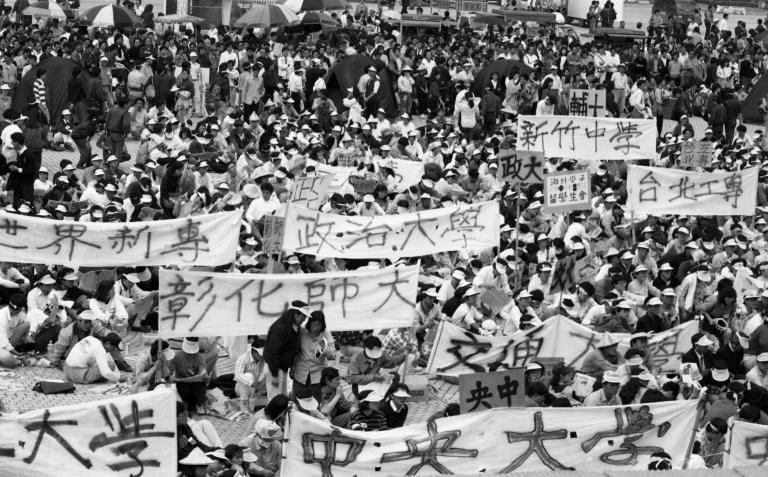
In 1995, thousands of people attended a three-day outdoor festival in the ruins of a Banqiao distillery. The Taipei International Post-Industrial Arts Festival (臺北國際後工業藝術祭) featured some of the most notorious Taiwanese and international noise groups of that time. Today, when people think back on this festival, they remember the scorching hot weather, the hissing, the flames, the violence, the stench, the abrasive noise, and bodily senses: Moslar Theater (摩斯拉劇場) rolling naked in mucus; Schimpfluch- Gruppe, from Switzerland, roaring with microphones in their mouths and provocatively confronting journalists; Con-Dom, from the UK, walking off stage and sexually assaulting members of the audience until met with violent resistance; Loh Tsui Kweh Commune (LTK Commune/濁水溪公社) acting out rape on a mannequin and performing arson; Zero and Sound Liberation Organization (Z.S.L.O./零與聲音解放組織) tossing around a bucket of filthy kitchen waste, with the fetid odor of rotting food causing Japanese group C.C.C.C. to refuse to perform. There was almost no occasion in which the word ‘beautiful’ could have been used to describe these performances.

In the current environment, noise is still not recognized by the Taiwanese mainstream as an acceptable or cultured form of art. If the Post-Industrial Arts Festival were held today, we could easily imagine its reception in the gossip columns of the tabloid media, littered with sensational headlines. The people involved in the event would undoubtedly be attacked with a barrage of slander by outraged netizens and television presenters. The civil servants associated with the event would likely be punished. In fact, the festival at that time was reported on by several major art publications, and the event was even sponsored by the Taipei County Cultural Center (臺北縣立文化中心).

This is not to say that Taiwan’s acceptance of avant-garde art has regressed, nor to infer that things aren’t as good as they used to be. The point is that, in 1995, these musical offerings that challenged the system and aggressively violated the social order were able to avoid moral accusations, and the festival was only criticized on aesthetic grounds [despite the acts of sexual assault by Con-Dom]. A principal reason for this was the rupture in governance and a complete overhaul of Taiwanese society that occurred as the state transitioned from protective authoritarianism to democracy and embraced global capitalism. People were able to tolerate the festival, even if they didn’t accept it. If a house has caught on fire, why bother about a few scattered bottles and cans left in the room as it burns?
To give a fuller picture of the charged atmosphere in the first years following martial law, I’ll refer to a few incidents:
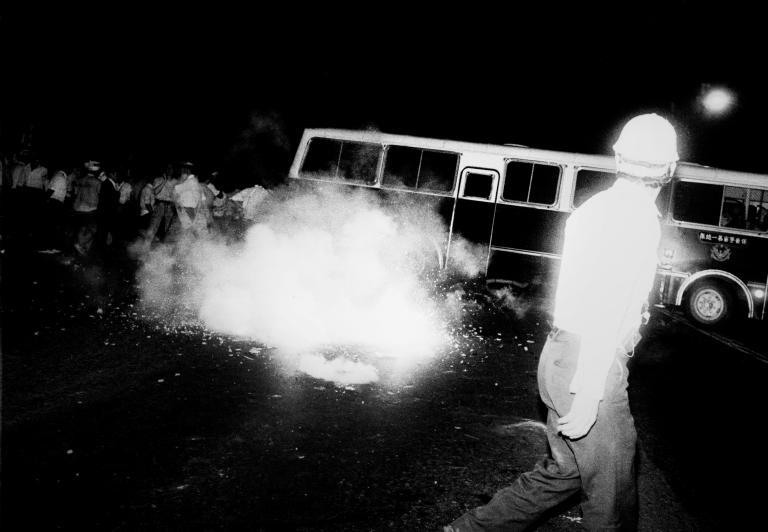
On May 20th, 1988, thousands of farmers from across the country amass in Taipei to protest the government’s authoritarian grip on the agricultural industry. Known as the “520 Farmers Protest” (520農民運動), it is the first major clash between civilians and police in the post–martial law era, and one of Taiwan’s bloodiest days since the “228 Massacre” (二二八八事件) of 1947. Violent skirmishes continue unabated for nearly 20 hours, with protestors throwing sticks and stones at police and lighting fires in the streets.
Then, in May 1990, the President nominates former soldier and defense minister Hau Pei-Tsun (郝柏村) as Premier of the ROC, igniting people’s fears of returning to military rule. In the midst of one of the ensuing street protests, a molotov cocktail is launched in the direction of riot police — the first instance of such an occurrence in the history of Taiwan’s protest movements.
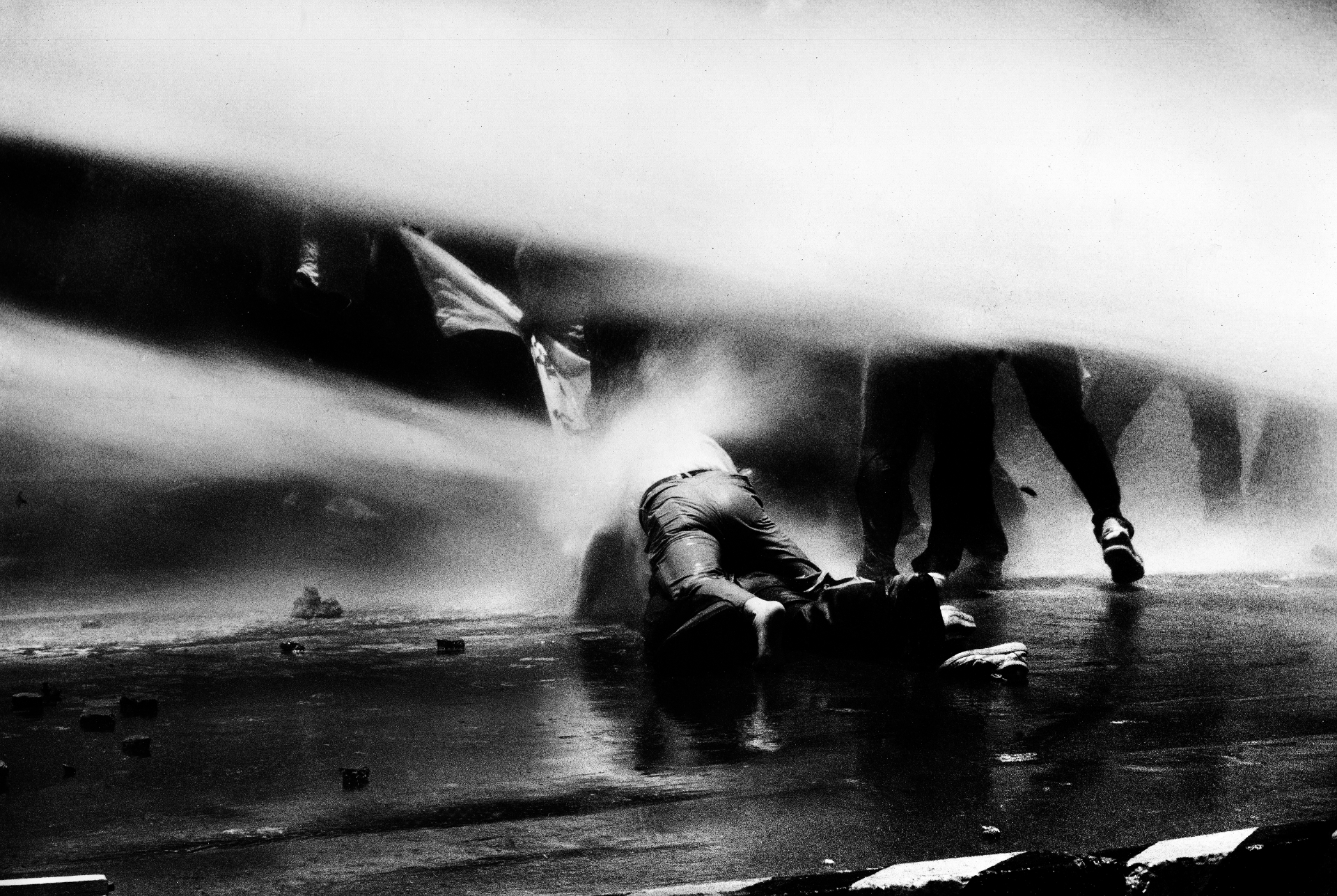
In the month leading up to the Post-Industrial Arts Festival, a traffic accident sparks a civilian conflict known as the “Taxi Riot Incident” (計程車暴動事件). Dozens of drivers from two Taipei taxi companies clash in what might be described as all-out street warfare. Both sides wield wooden clubs and Molotov cocktails; cars are smashed and burned. As Taiwan emerges from the silence of its martial law period, it’s clear that the country’s governmental mechanisms are unable deal with the eruption of agitated voices.
It’s easy, now, to forget the social atmosphere of the martial law period. It was a time laden with all kinds of restrictions. Civilians’ daily lives were subject to numerous checks and prohibitions — right down to bans on certain hairstyles. The police forced men with long hair to shave their heads. A girl’s hair could be no longer than her earlobes. There were also bans on public performances of Taiwanese music and theatre; dance halls were made illegal. Songs, publications, and even ideas were censored. This system of surveillance and inspection had a deep, lasting impact on all aspects of people’s lives.
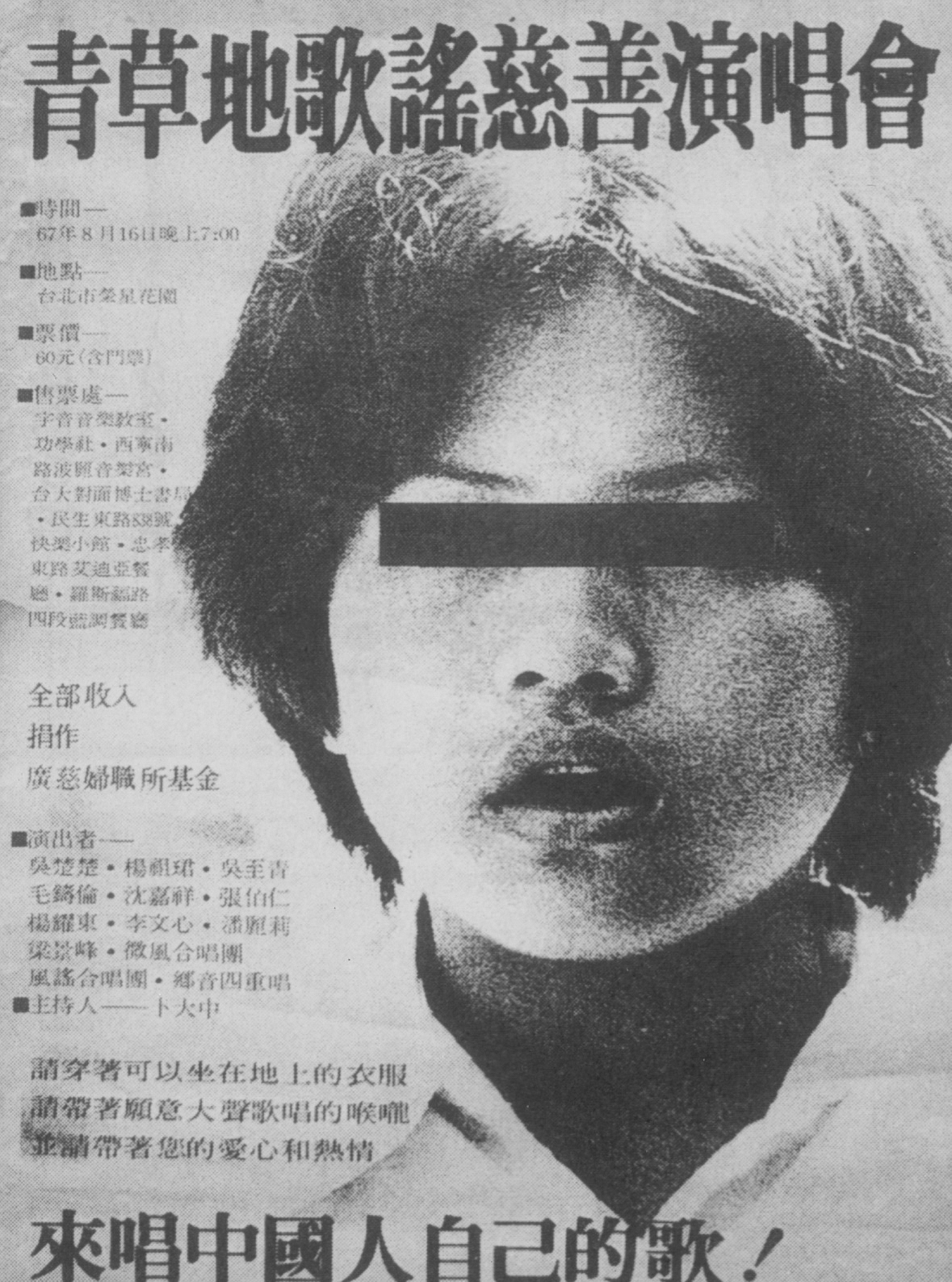
In the late 1970s, amidst the island’s thriving folk song movement, singer and television host Yang Tzu-Chun’s (楊祖珺) self-titled album was banned due to the ‘left-wing’ social consciousness in her lyrics. In 1978, Yang organized the Grass Field Charity Concert (青草地歌謠慈善演唱會), which attracted upwards of four thousand people — at that time the largest outdoor festival held in post-war Taiwan. Whilst Yang’s goal for this event was to raise funds for a charity with no expressed political agenda, due to her massive appeal, the festival was still monitored by the intelligence agencies of the KMT (“Chinese Nationalist Party”/國民黨). Her later concerts were all subject to bans and harassment. Eventually, she gave up music altogether and focused instead on the political opposition movement.
Metaphorically speaking, martial law built high walls, blocking the creation of art and culture and separating people from all kinds of possibilities. It turned regulated zones into areas of wasteland: media, spatial, corporeal, and ideological. After martial law was lifted, did these walls collapse like the Berlin Wall? We can’t truly say that they have all fallen. The guards may have left, but the walls remain. Taiwan was under martial law for more than 38 years. Over such a long stretch of time, it became ingrained in the consciousness of most people. So in toppling these high walls and breaking into the ruins, even without the threat of imprisonment, people still needed to be courageous. They had to overcome the secret police in their own and others’ heads.
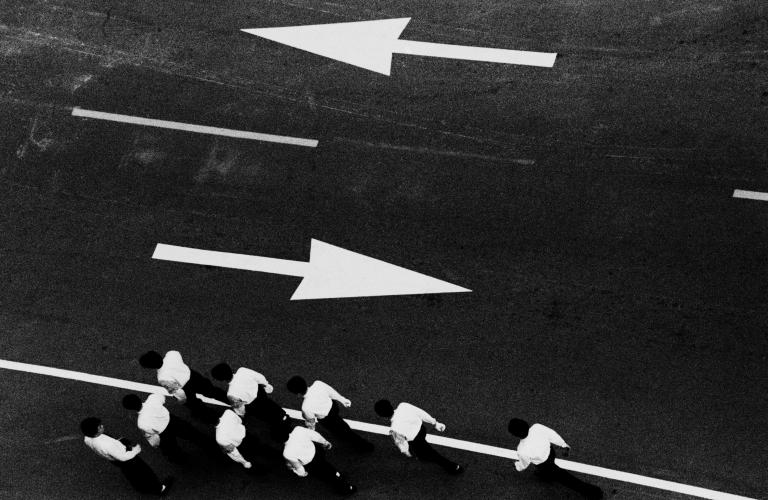
But nearly four decades of repression under military rule actually generated ample energy within Taiwanese society to escape this oppressive consciousness. This powerful and intense energy was encapsulated in a saying popular among intellectuals of that time: “Subvert the System” (顛覆體制). In facing this kind of hidden atmosphere, the government didn’t know whether to attack or retreat, leading to the rise of the aforementioned movements and struggles.
I will draw from my personal experience to shed more light on this phenomenon. In 1994, I attended the Broken Life Festival (破爛生活節), which was the precursor to the Post-Industrial Arts Festival and Taiwan’s first music festival to be held over consecutive days. The main organizer of both events was Wu Chung-Wei (吳中煒). Without approval from the authorities, Wu occupied a wasteland by the river in Gongguan, Taipei, where he used stolen and collected materials and equipment to erect tents and a stage, constructing the festival site out of salvaged junk. The performances staged there were raw and reckless; the atmosphere was anarchic, like a collective trampling over taboos. On the second night, I remember seeing a police car patrolling the site of this illegal gathering. After stepping out of his vehicle, the officer was surrounded by the crowd and ridiculed. About ten meters back into the crowd, it looked as though he was being pushed around from my position. The officer didn’t know how to handle the situation. All he could do was resentfully get back into his car and leave, driven away by the crowd.
The most important facet of the noise movement’s spirit was that it not only enabled a handful of artists but, moreover, it helped unleash the power of congregation. But even with enough gunpowder, an explosion still demands a fuse and a spark. That was the role of artists. Here are some of the most well-known figures of that time. They’re considered key figures of the first generation of Taiwanese noise:
LTK Commune
LTK Commune began in 1989, led by students from National Taiwan University. The group’s style was reminiscent of punk and industrial music, but the music played a secondary role. The main thrust of their performances was vulgar and absurd theatrics, punctuated by their shows’ chaotic endings.
Z.S.L.O.
Formed in 1992 by Fu Jen Catholic University students, Z.S.L.O. was the first Taiwanese group to use noise as a creative practice consciously. For them, noise was not only sound but a guerrilla-style tactic to disrupt the social order. In their performances, they created foul stenches and used harsh images and noise to provoke audience discomfort. They also self-produced underground publications, tapes, and CDs.
Wang Fujui
While now a key artist in Taiwan’s sound art sphere, in the 1990s, Wang Fujui (王福瑞) had yet to begin his own practice, but he was instrumental in building the scene. Establishing the NOISE record label and publication, he introduced international artists to audiences in Taiwan and promoted Z.S.L.O.’s work abroad. If the world’s noise artists formed an underground network, Wang was Taiwan’s node.
Wu Chung-Wei
One of the fascinating figures of that time was the aforementioned Wu Chung-Wei. As a self-taught artist who only completed elementary school, he worked in construction as a Buddha-sculptor, street vendor, and waste-picker — all the while writing, painting, and creating art with the intuition of a poet. Wu was born with an innate talent for wandering the system. He excelled at using trash and found objects to construct anarchic utopias in abandoned spaces, open for anyone to come and go, live as they please, and pursue their art.
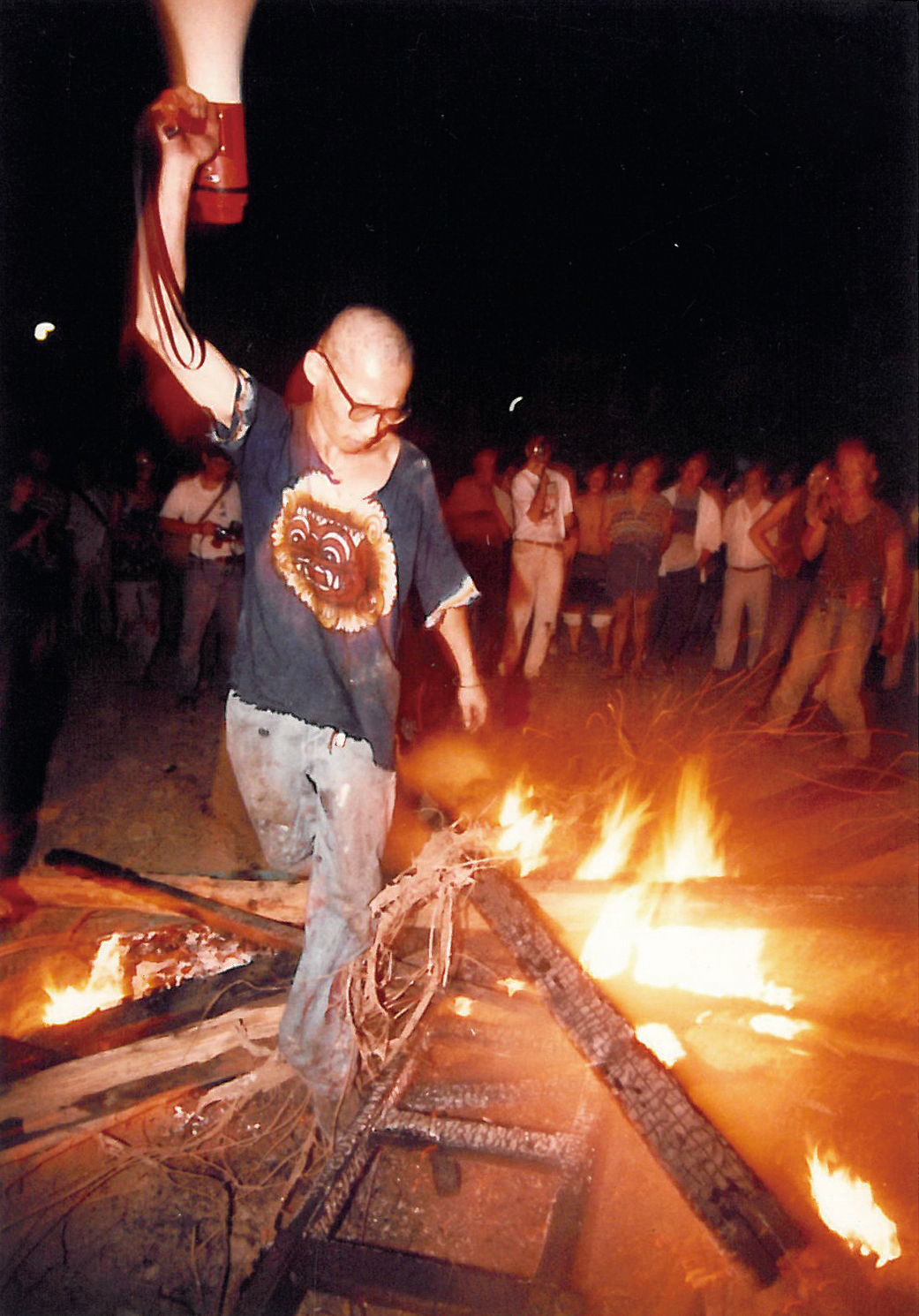
At this point, we should remember the role of an invisible hand applying pressure from behind: the cultural propaganda strategies of the emerging opposition parties. For the Democratic Progressive Party (DPP/民進黨), which first gained power in Taipei County in 1989 and was eager to extend its victory, all forces of resistance, including avant-garde art, were considered allies against the ruling KMT. However, as far as noise activists were concerned, it didn’t matter if it was the KMT or DPP. Both were the system. Both were to be resisted. Naturally, then, there was a tense relationship between local government and proponents of the noise movement, especially following the Post-Industrial Arts Festival, where some performers smashed journalists’ cameras and committed acts of arson. Their separation was a predictable outcome.
We shouldn’t arbitrarily assume a direct relationship between the noise movement trending towards a particular aesthetic in sound and implementing a new social and governmental order. But we can say that, for a time, politically charged and destructive noise performances had — albeit with difficulty — managed to receive local government support.
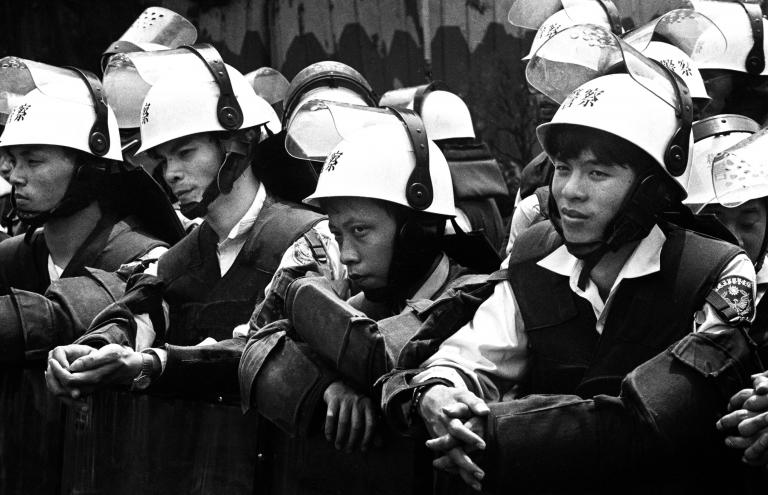
Between 1994 and 1996, the first open elections for city mayors and the president took place, during which the DPP gained ground. To some extent, social resistance was now being exercised through normal political outlets. The countercultures and subcultures that couldn’t be integrated into middle-class values would no longer be useful to the Party, which was now more likely to favor stable, middle-class voters in their overall cultural governance strategies. When the DPP politician Chen Shui-Bian (陳水扁), in 1994, became the first elected Mayor of Taipei, he promptly executed a sweeping campaign to crack down on sex workers. He shut down the city’s brothels, which led to the closing of music venues as well — a near-fatal disaster for the many underground clubs and live houses that had only recently opened.
So, where did the key figures from the Taiwanese noise movement end up? LTK Commune is still active in non-mainstream music circles, with nearly all members having changed and the performative and noise elements gradually disappearing. Z.S.L.O. has dissolved, but one member, Lin Chi-Wei (林其蔚), is still relentlessly active. He studied in France in 2000. His research on the cultural context of Western sound art was published in his 2012 book Beyond Sound Art: The Avant-Garde, Sound Machines, and the Modernity of Hearing (超越聲音藝術:前衛主義、聲音機器、聽覺現代性). After Wang Fujui returned from studying in San Francisco, not only did he begin to create and curate works of sound art, but he also started teaching at the Taipei National University of the Arts. Many of the artists in the recent wave of Taiwanese noise are his former students. And then there’s Wu Chung-Wei, who still lives as a recluse with no fixed address; few people know his whereabouts.

Wu’s last known action was a series of happenings based on the concept of “the social movement as performance art” (社會運動即為行動藝術), which he initiated during the 2006 protests against the demolition and alteration of the Treasure Hill squatters village in Taipei. The struggle itself was a failure. More than 100 riot police forcefully drove away the artists and students who wielded primitive maces and stone-throwers to protest the demolition. Seen from a different perspective, however, this absurd act of resistance was a successful act of art. It was symbolic; it announced the construction of a new post–martial law status quo when the gaps between culture and governance were being closed. The era of squatting in abandoned spaces and self-made anarchic communities had officially ended.
After the Post-Industrial Arts Festival, the noise movement entered a new phase. Frantic body performances largely left the stage to be replaced by more nuanced and deliberate explorations of sound and technology. Artists began integrating experimental sound with digital media and interactive installation while finding renewed government support under the institutional category of sound art. Meanwhile, the anarchic spirit of noise lives on in a handful of artists committed to operating outside the system. One could say that the noise movement ends here and starts again.
